- Top 10 Cities
- UNESCO Intangible Cultural Heritage In Iran
- UNESCO World Heritage Sites In Iran
- Historical Tourism
- Religious Tourism
- Recreational Tourism
- Sport Tourism
- Handicrafts
- World Craft Cities
- Art & Culture
- Tourism Map
- Festivals & ceremonies
- Iran-Russia Visa-Waiver Authorised Agencies
- 360° Gallery
- Video Gallery
- Image Gallery
- Type to search Not result Loading
The city of Urmia is located within 20 km of Urmia Lake in the middle of the Urmia plain at an altitude of 1332 meters above sea level in West Azerbaijan Province. The weather in Urmia is fairly hot in summer and cold in winter. As it is mentioned, Urmia Lake, which is the largest inland lake in Iran and the second largest saltwater lake in the world, situated in this city.
With more than three thousand years of history, this city is the oldest city in the northwestern region of Iran, registered as the 19th historical city of Iran in UNESCO.
Urmia metropolitan is the tenth most populous city in Iran and the second most populous city in the northwestern region of Iran. The city has been one of the trade centers of the region since the past due to its convenient location on the path connecting to some main regions. In fact, Urmia has been on the trade routes as customs for export and import of goods from Iran to other places and vice versa. It is also a favorable place for buying and selling agricultural and nomadic products of the people around this city.
The city has the first modern hospital formation and is known as the first medical training center, the first modern school, the first local television network, the first local magazine in Iran and the capital of the volleyball of Iran.
Urmia is an ethnic mix city with different religions and sects. The majority of the habitants of Urmia are Azerbaijani Turks as well as a minority of Kurds and Christians.
Although Urmia Lake is one of the most famous and eye-catching attractions both nationwide and worldwide, there are several historical or natural attractions which Jameh Mosque of Urmia could be one of them. Best season to visit this historical city is summer.

Sightseeing
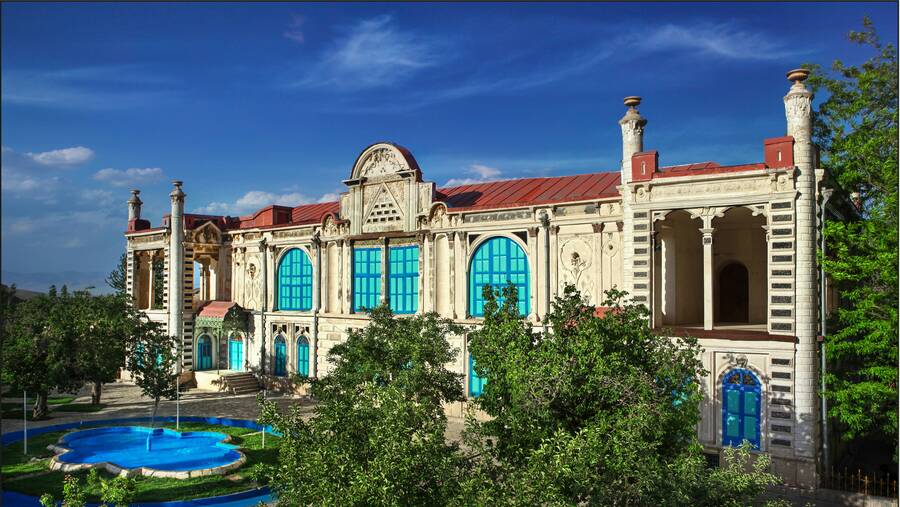
Baghche Jough palace, one of the most dramatic historical palaces of Iran commissioned by “Eghbal al- Sultan Makuei“, the...
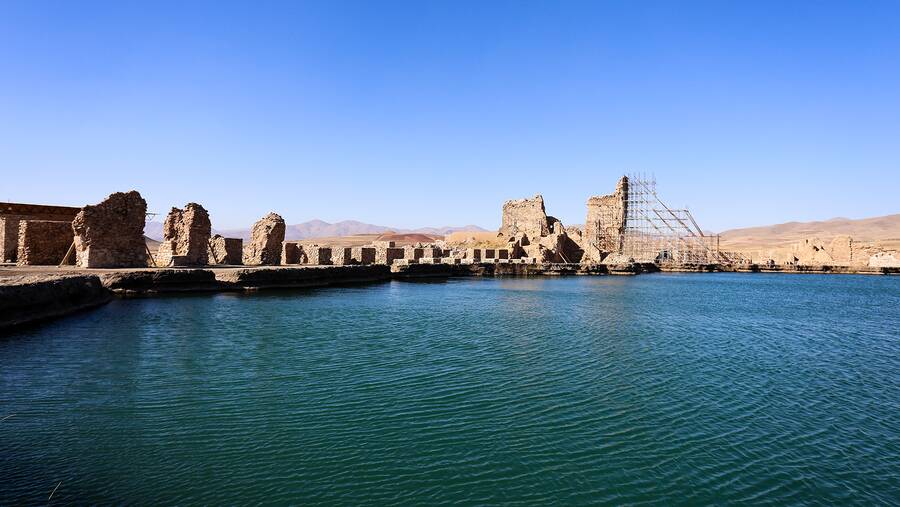
Known as an important historical and cultural complex and, according to legend, the birthplace of Zoroaster, Takht-e Soleyman...
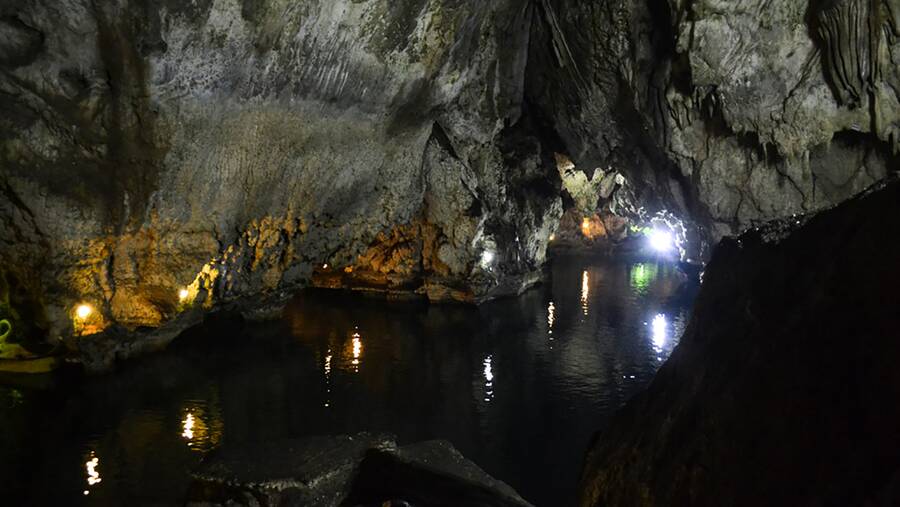
The Sahoolan cave with the geological structure of water, soil and limestone is one of the most wonderful...
_0.jpg)
The Complex of Armenian churches, some nearby buildings and Dare Sham village are the elements of cultural exchange...
Urmia Lake is the biggest salt water lake of Iran is located between the eastern Azerbaijan province and...
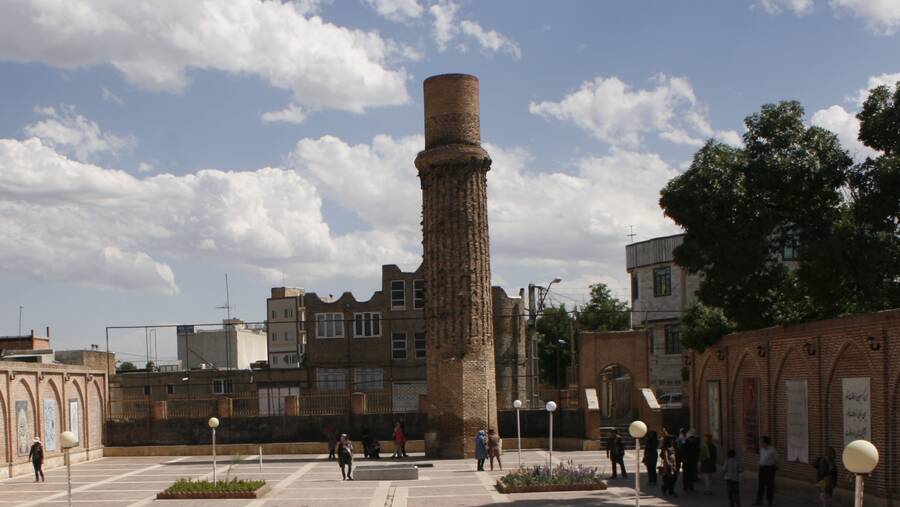
Beside the Mausoleum of Shams-e Tabrizi, one of the famous mystics (584-645 AH) and disciple of Rumi (the...
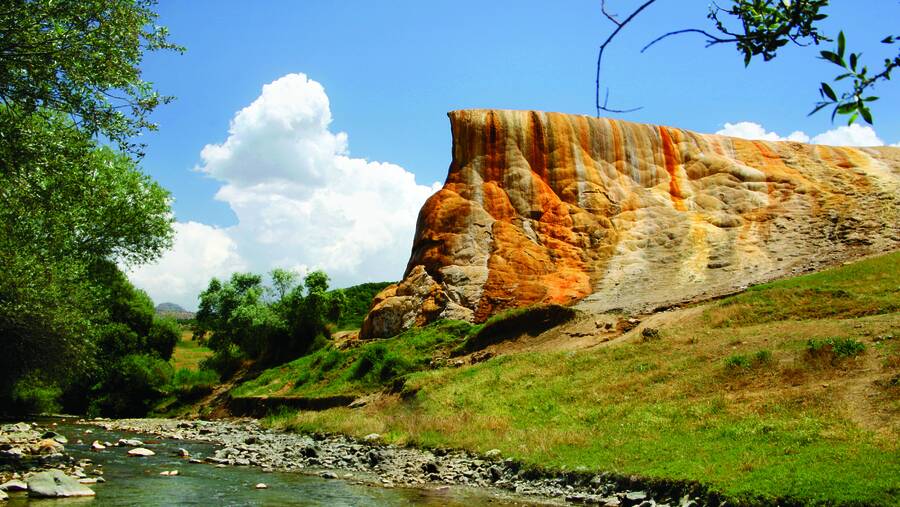
In the middle of grasslands and forests there is a hill with a strange and colorful shape that...
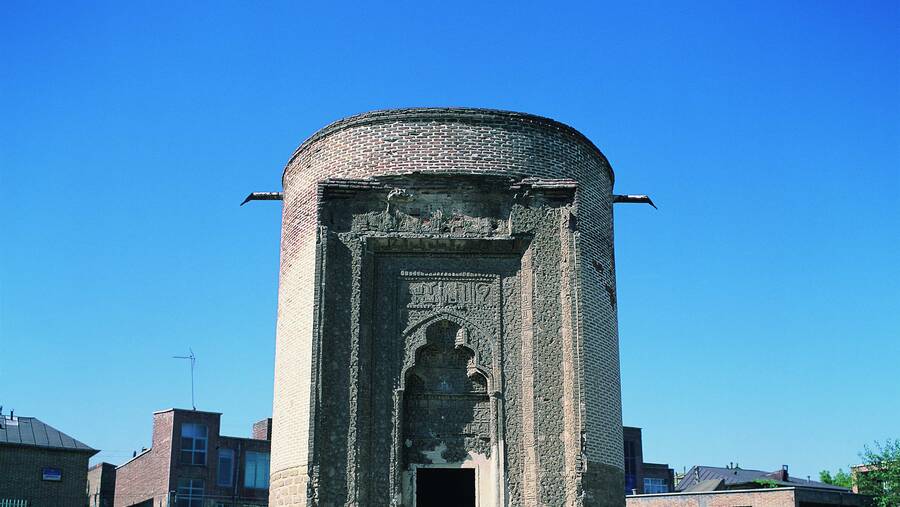
Seh Gonbadan Tower, literally meaning three domes, is a monument located in southeast of Urmia, the center of...
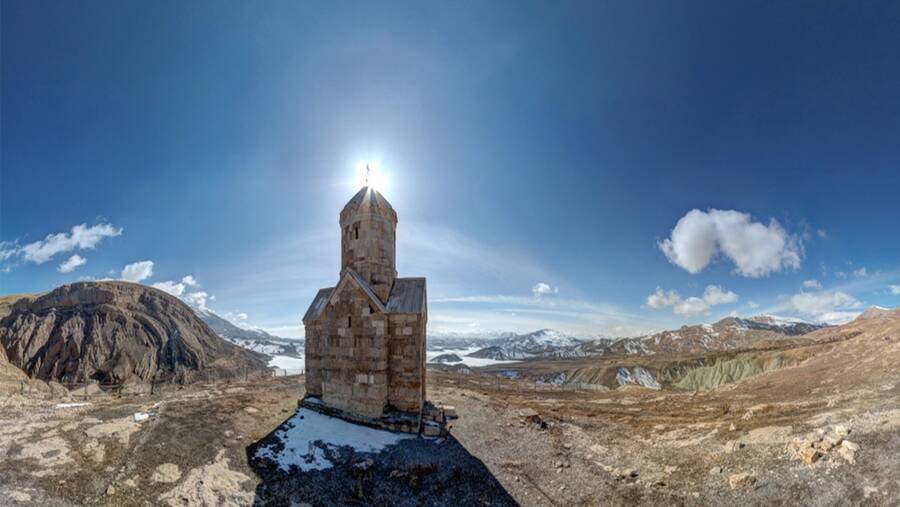
Dzordzor Chapel, also known as Chapel of Holy Mother of God, is located twelve kilometers northwest of Saint...
Shalmash in one of the most important and roaring waterfalls in West Azerbaijan Province which is located in...
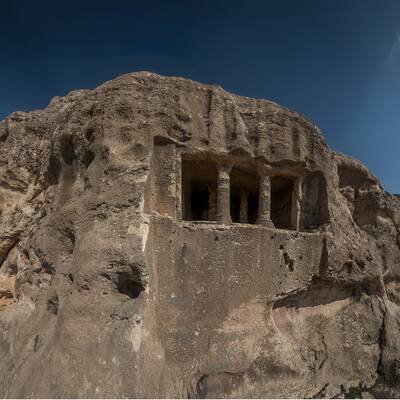
Add new comment
Published by Elmira on May 8, 2019 May 8, 2019
Lake urmia; resurrected beauty of iran.
Lake Urmia or Orumiyeh Lake on the border of East and West Azerbaijan Provinces of Iran, is Iran’s largest inland water body (5,200 km 2 ) and a UNESCO biosphere reserve. It was once the world’s 2 nd largest hypersaline lake, before the dramatic shrinkage and drop in Lake Urmia water levels due to climatic and human influences. Counting as one of the most popular Urmia attractions , Lake Urmia is most conveniently reachable from city of Urmia, in West Azerbaijan.
After the generous rainfalls of March 2019, Orumiyeh Lake was miraculously revived, making it well worth to have an account of Lake Urmia before and after its close-to-death depletion and grand revival.
Home to exotic marine species and migrating birds, Orumiyeh Lake also prides scenic landscapes and a hundred rocky islands, not to mention a gracious host to ancient civilizations in the region.
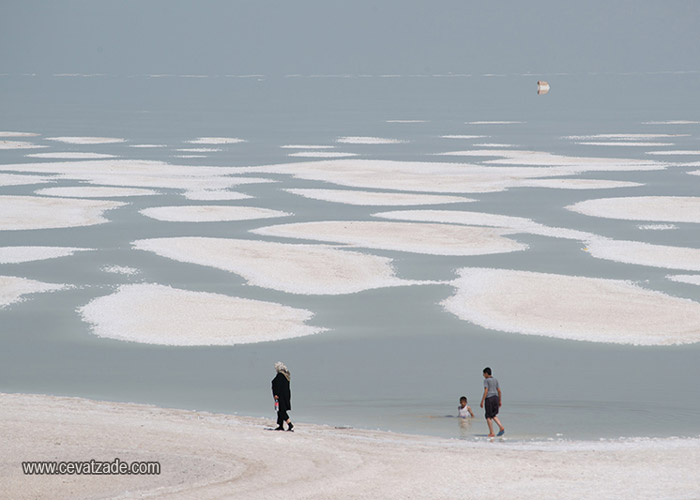
Photo by @Ahmet CEVATZADE on Flickr
As an Iran tour and travel agency , we invite you to check out our Iran travel packages:
>> Iran Tours 2020 & 2021 (Click Here)
#1 Geographical facts about Lake Urmia
Geographical facts about Lake Urmia : Located on the border of East and West Azerbaijan Provinces of Northwestern Iran, Lake Urmia is Iran’s largest lake and the world’s 2 nd largest salt lake.
At its vastest, Lake Urmia measured 5,200 km 2 , at a length of 140 km, a width of 55 km, and a maximum depth of 16 m. However, in recent years Orumiyeh Lake shrunk to a catastrophic 10 percent of its original size, with 700 km 2 in 2013, due to prolonged drought and water mismanagement by authorities. Fortunately, the heavy rainfalls of early 2019 and March 2019 brought the lake back to life.
The lake hosts 102 rocky islands, and is fed by 16 primary inflows of rivers such as Zarrineh-Rud and Aji-Chay, and frequent precipitation, typical of the climate of northwestern Iran and no outflows.
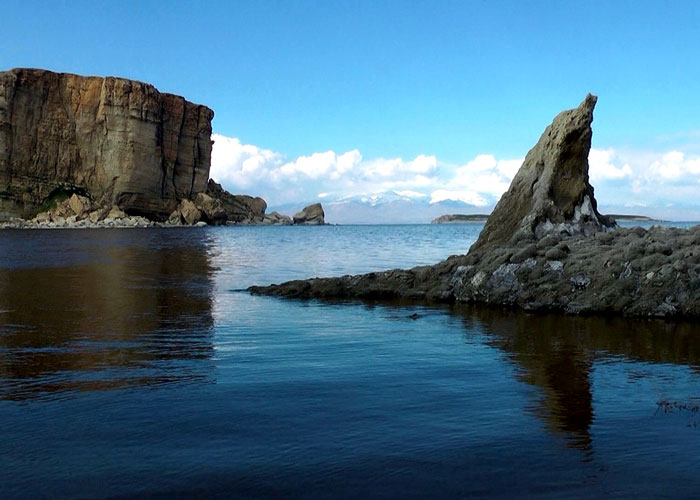
Photo by @tag-h Adrin on Flickr
#2 Ecological Importance of Orumiyeh Lake
Ecological Importance of Orumiyeh Lake : Lake Urmia is internationally registered as a protected area as a UNESCO Biosphere Reserve and a Ramsar site (since 1975). Orumiyeh Lake is also protected as a national park by the Iranian Department of Environment.
Boasting a remarkable biodiversity, Orumiyeh Lake hosts up to 226 species of birds, 27 species of amphibians and reptiles and 24 species of mammals (47 fossils have been recorded in the area), 62 species of archaebacteria and bacteria, 42 species of microfungi, 20 species of phytoplankton, 311 species of plants, etc.

Around 10,000 flamingos are staying put at Urmia Lake and its vernal pools. (Photo Credit to Financial Tribune)
Perhaps the most prominent ecological feature of Lake Urmia is it hosting migrating birds in its 102 small rocky island, such as flamingos, pelicans, ibises, gulls, etc.
The recent dry spells resulted in the increased salinity of the lake, making it no more a habitat of fish species, but the Artemia, a food source of flamingos. At its driest, there were speculations of this species going extinct too.
Some accounts pointed the lake used to host 100,000 to 200,000 birds in winter every year before its drastic shrinkage. However, hopes are high that the revival of the lake will reverse the decline in recent years.
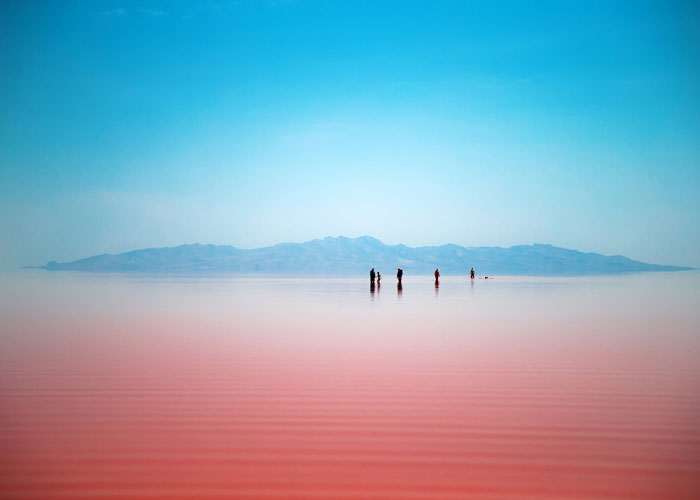
Certain climatic conditions produce a type of algae that periodically turns Lake Urmia bright red. (Photo by @Jo Gill on Pintrest)
#3 Lake Urmia Before and After
Lake Urmia Before and After and Lake Urmia Water Level : Orumiyeh Lake used to measure 5,200 km 2 , however, in recent years Orumiyeh Lake shrunk to a catastrophic 10 percent of its original size, with 700 km 2 in 2013. Water volume of the lake dropped from 30 billion m 2 in 1997 to 2.5 billion m 2 in 2017.

Bridge Crossing Lake Urmia (photo by @Javier Ortega Figueiral on Flickr)
In 2014, The Iranian government, during President Rouhani’s Administration, allocated hefty budgets (over 500 million dollars) for the first year of revival program with international aid. However, the restoration program could not affect significant improvements to Lake Urmia’s tenuous condition. Large budgets have annually been assigned to improve the agricultural and water management infrastructures around the region, ever since.
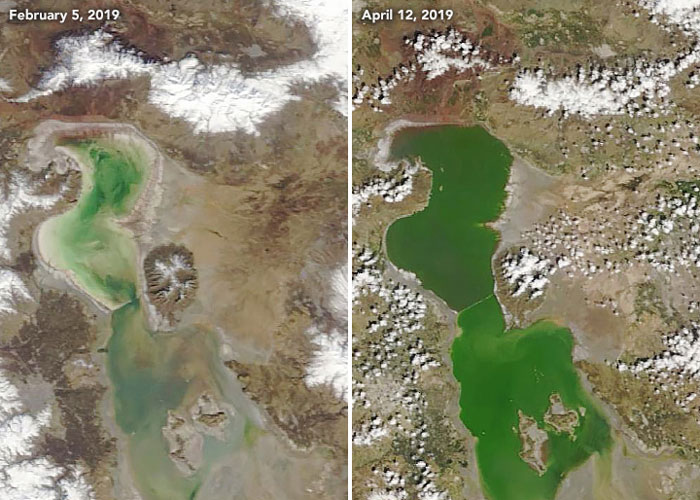
Revival Progress of Lake Urmia by NASA Earth Observatory
Reasons of the devastative shrinkage of the lake are cited as long drought periods and most importantly, irresponsible drilling of 40,000 wells on the lakes basins, construction of numerous dams on the inflowing rivers, in previous administrations mainly for agricultural purposes, and erecting a bridge across the lake to shorten traveling distance between Tabriz and Oroumiyeh cities aggravated the depletion of the lake.
Fortunately, rainfalls since Fall 2018 intensifying in March 2019, resurrected the lake to a surface area of 3,000 km 2 and Orumiyeh Lake water level increasing by 59 centimeters compared to 2013, according to the governor (according to 13 April 2019 updates).

Recent heavy rainfalls in Iran hugely help the Lake Urmia revive.
#4 Attractions of Orumiyeh Lake
Attractions of Orumiyeh Lake : Lake Urmia offers its visitors the chance to entertain themselves with the inherent splendor of its nature. When Visiting Orumiyeh Lake, one can enjoy the following activities and landscapes:
- Bird Watching
- Boating and visiting the different islands of Orumiyeh Lake
- Photography

Photo by @Jo Gill on Pinterest
- Mud Therapy and Brine floating : The mud at the lake is rich with minerals such as chlorine, sulfate, sulfur, iodine, iron, and organic matter, that is popular to treat skin diseases, rheumatism, psychosomatic illness, pelvic inflammation, and menstrual disorders among others. Also due to high concentration of salt, people can float in the water without sinking, which can offer relaxing time.
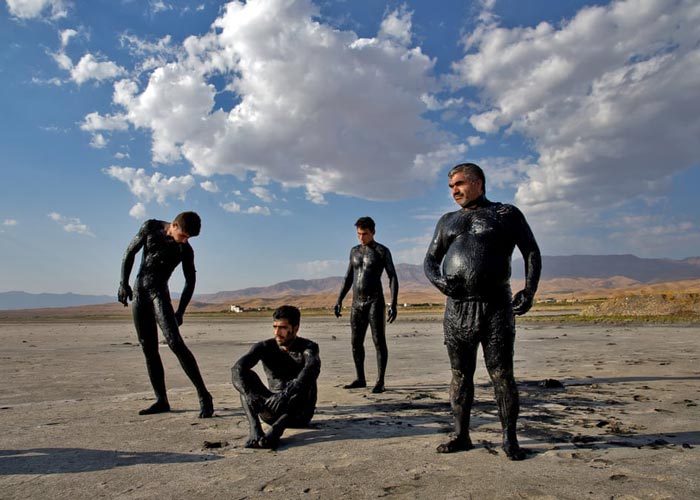
Mud Therapy (Photo by @Jo Gill on Pinterest)
- Mesmerizing landscapes : salt crystals and microorganisms of the lake create fantastic sceneries, especially at sunset
- Kazem Dashi Region on the west shore of the lake, which when Lake Urmia water level is high appears as a peninsula covered with Poppies, a refreshing view!
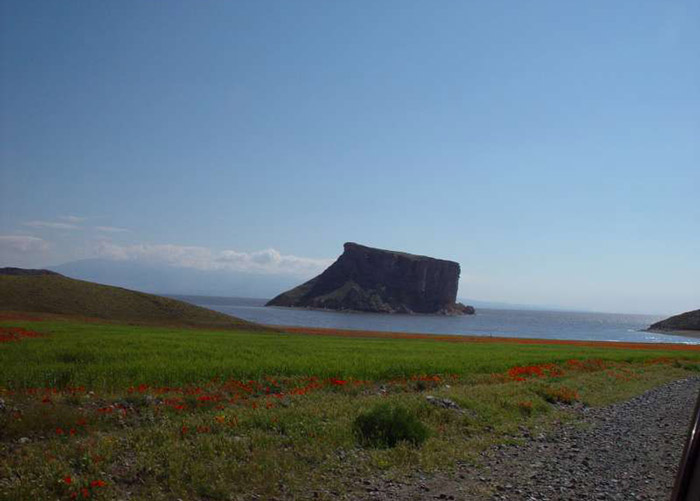
Photo by @urmiyephoto on Flickr
#5 History of Lake Urmia
History of Lake Urmia : Etymologically, the origin of Lake Urmia’s name can be of Urartian, or derived from Indu-Iranian “Urmya” meaning wavy. Locally, the lake is referred to in Persian as Daryāche-ye Orumiyeh . Its Old Persian name was Chichast, meaning “glittering” refereeing to the glittering nature of salt crystals covering the lake.
Lake Urmia region hides the archaeological treasures of the Neolithic Era and proof of settlement since 7,000 BC. Teppe Hasanlu, , Yanik Teppe and Haji Firouz Teppe are among the famous ancient settlements in the vicinity of Orumiyeh Lake. The lake was the center of the ancient Mannaean Kingdom. One of the early mentions of Lake Urmia is from Assyrian records of the 9 th century BC (Shalmaneser III (858–824 BC).
The Battle of Urmia, during the Ottoman-Safavid Wars was fought near the lake in 1604.
Orumiyeh Lake has been home to Iranians, Assyrians, and Armenians in the past centuries.
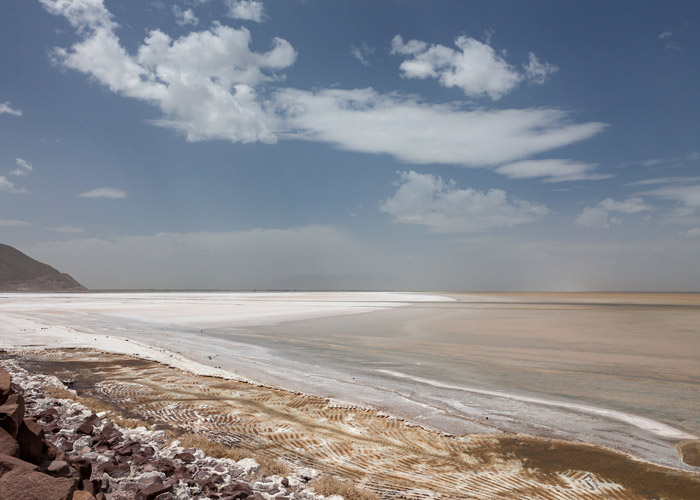
Photo by @Ninara on Flickr
How to Get to and Best Time to visit Lake Urmia:
Orumiyeh Lake is located between two Provinces of East and West Azerbaijan. and the best time to travel to the region is Spring and Summer a the weather is mild in the seasons.
I had never loved my country more before I serendipitously found myself in tourism and took a sharp turn from my soulless job to give in to the magic of my home, Iran!
Johnny · July 6, 2019 at 11:29 am
Thanks for the post. When is the best time for bird watching in Lake Urmia?
Leave a Reply Cancel reply

Your email address will not be published. Required fields are marked *

Walking In Iran
Walking in Iran is an online magazine to introduce all the ancient and natural monuments of Iran in detail.

Lake Urmia: Iran’s blue jewel in danger Lake Urmia, the blue gem of Iran and the largest internal lake of our country, is located in the northwest of Iran and between the two provinces of West Azerbaijan and East Azerbaijan. In addition to its eye-catching beauty and unique biodiversity, this lake plays a vital role in the life and economy of the residents of this region as a source of water supply for agriculture, drinking and industry for the people of the region, as well as an attractive destination for tourism. A turbulent history: Lake Urmia is about eight million years old and has witnessed many ups and downs throughout its history. In the past, this lake was used as a natural border between Iran and the Roman Empire, as well as a route for commercial exchanges and transportation of goods and passengers between the two countries of Iran and the Ottoman Empire. Unfortunately, in recent years, due to drought and excessive extraction of water from the region’s water resources, Urmia Lake has faced severe dryness and its area has decreased significantly. Consequences of drying up Lake Urmia: The drying up of Lake Urmia has had devastating consequences for the region’s environment. Among these consequences, the following can be mentioned: Increase in dust and air pollution Destruction of the habitat of migratory birds and animals of the region Dry wetlands and wet areas around the lake Soil salinization and reduction of agricultural products Unemployment and economic problems for the people of the region Efforts to revive Lake Urmia: Fortunately, in recent years, efforts have been started to revive Lake Urmia. Among these efforts, the following can be mentioned: Reduction of water withdrawal from water sources in the region Dredging of rivers and canals leading to the lake Implementation of watershed and reservoir projects Increasing public awareness about the importance of protecting Lake Urmia

Bostanak Canyon

Narin Castle

Lake Urmia, the largest domestic lake in Iran , is the largest saltwater lake in the Middle East, and the sixth-largest saline water in the world. The water of this lake is very salty and is fed more than Zarrinehroud, Siminrood, Talkhrood, Gaader, Barandoz, shahre Chai, Nazlou, and Zola.
This lake is located between the provinces of East and West Azerbaijan in Iran, and west of the southern portion of the Caspian Sea.
In an inscription related to the ninth century BC in Shalmanser III (reign between 858-824 BC) two names are mentioned in the place of Lake Urmia : Persawa (meaning Persians or Persians) and Matai (or Mitans).
For the last five hundred years, the area around the lake has been inhabited by Iranians, including Azerbaijanis and Kurds .
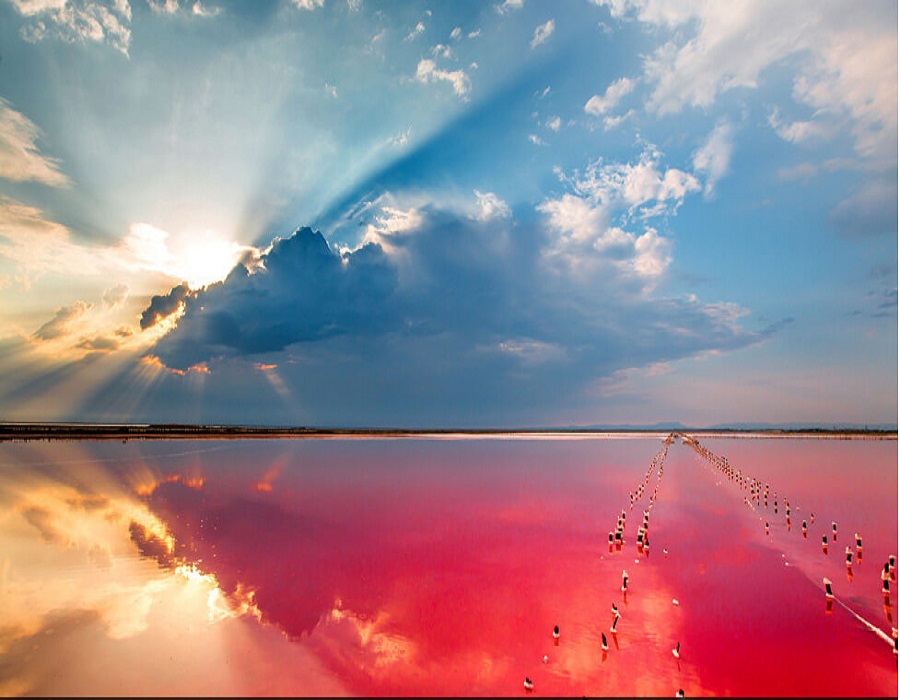
According to the biodiversity list of Urmia Lake National Park in 2014 and 2016, Urmia Lake National Park accommodates 62 species of bacteria and arcobacter, 42 species of microscopic fungi, 20 species of algae, 311 plant species, 5 species of two-step mollusks (islands rivers), 226 species of birds , 27 species of reptiles and amphibians and 24 species of mammals. At least 47 species have been fossilized. This ecosystem has been internationally registered by UNESCO as a protected area.
Because of the over-salinity of the lake, no fish live in this lake. However, this Lake is one of the most important habitats of Artemisia. This crustacean is one of the main sources of feeding migratory birds, including flamingos.
Leave a Reply Cancel reply
Your email address will not be published. Required fields are marked *
Save my name, email, and website in this browser for the next time I comment.
Lake Urmia, Iran (Photos, History, and More)
Lake Urmia , located in Northwestern Iran, has long been celebrated as one of the world’s largest hypersaline lakes and a natural wonder. Spanning an area of approximately 5,200 square kilometers, it has been an essential ecological and economic resource for the region. If you’re a nature lover seeking an extraordinary travel experience, Lake Urmia should undoubtedly be at the top of your bucket list. This ancient saltwater lake has captivated travelers and explorers for centuries with its breathtaking vistas, unique ecological features, and therapeutic properties. In this article, we invite you to embark on a virtual journey to explore the allure and charm of Lake Urmia, a remarkable tourist attraction.
Table of Contents
The Greatness of Lake Urmia
Lake Urmia is the largest lake in Iran, the largest saltwater lake in the Middle East, and the sixth-largest saltwater lake in the world. This great lake, also known as the “Salt Sea” due to its remarkably high salinity, is one of the world’s most remarkable hypersaline lakes. Covering an extensive area of approximately 5,200 square kilometers, this awe-inspiring lake is a testament to the beauty and diversity of nature.
What Is Lake Urmia Known For?
Lake Urmia, the largest salt lake in Iran, is known for its hypersaline nature, healing properties, and lively pink flamingos during migration seasons. The lake’s breathtaking beauty with its ever-changing colors and serene landscapes, makes it a sought-after destination for nature enthusiasts and photographers. Additionally, Lake Urmia’s traditional salt production, cultural significance, and historical heritage add depth to its allure, attracting visitors keen on exploring the region’s rich past. Despite environmental challenges, Lake Urmia remains a remarkable natural wonder, offering a unique and unforgettable experience for travelers seeking to discover the magic of this hidden gem.
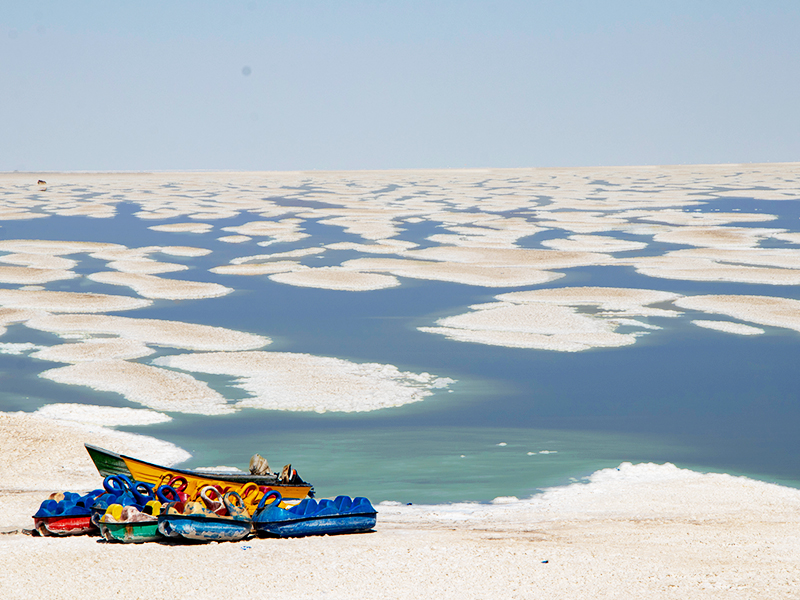
Urmia Lake in Iran
Why Urmia Lake Is Important?
Lake Urmia is important for its rich biodiversity, serving as a critical habitat for various plant and animal species, including migratory birds and unique fish. The lake’s therapeutic properties have attracted visitors seeking natural remedies for health conditions, contributing to the region’s tourism and economy. Additionally, Lake Urmia holds cultural significance, with evidence of human settlement dating back thousands of years, making it of interest to history enthusiasts. Its preservation is essential for maintaining ecological balance, supporting local livelihoods, and ensuring the survival of migratory routes and various bird species, highlighting the significance of this natural wonder as a valuable asset for Iran and the world.
Therapeutic and Healing Properties
The therapeutic properties of Urmia Lake’s saltwater have been known and celebrated for centuries, attracting visitors seeking natural remedies for various health conditions. Some of the purported therapeutic properties of Urmia Lake’s saltwater:
1. Skin Conditions: The mineral-rich saltwater of this lake is believed to be beneficial for skin health. Bathing in the lake’s water is said to help soothe and alleviate skin conditions such as psoriasis, eczema, and acne. The natural salts and minerals in the water are thought to have cleansing and purifying effects on the skin, leaving it refreshed and rejuvenated.
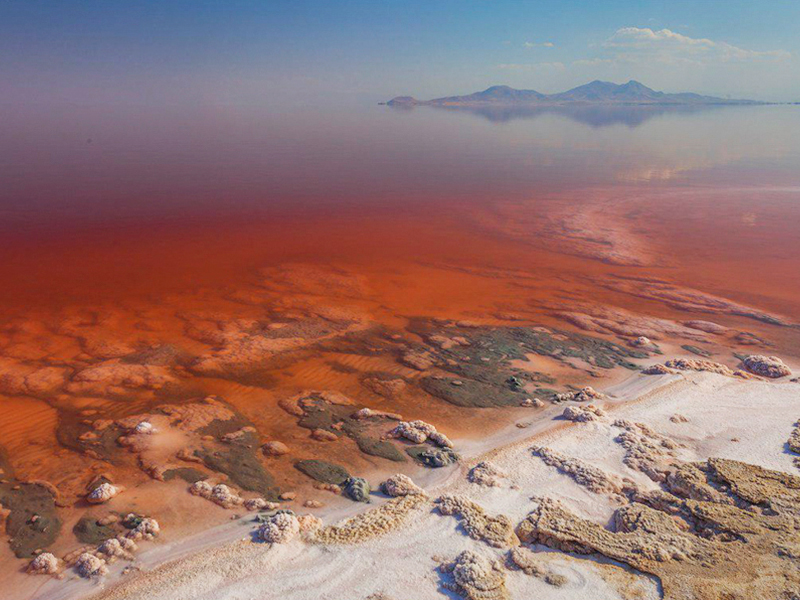
The largest saltwater lake in the Middle East
2. Rheumatism and Arthritis: The buoyancy of the saltwater in Lake Urmia provides a gentle and supportive environment for those with joint and muscle issues, including rheumatism and arthritis. Immersing in the water can ease pressure on the joints, providing relief from pain and inflammation. The warmth of the lake’s waters can also help to relax muscles, promoting a sense of comfort.
3. Respiratory Ailments: Inhaling the saline-infused air near Lake Urmia is believed to have positive effects on respiratory health. The salt particles in the air are thought to help widen airways and improve breathing, making it beneficial for individuals with asthma, bronchitis, and other respiratory conditions.
Urmia Lake Wildlife
Lake Urmia is a vital ecosystem that supports a diverse array of wildlife, both aquatic and avian. Despite facing challenges due to the lake’s declining water levels, it remains an essential habitat for numerous species. Some of the fascinating wildlife that can be found in and around Lake Urmia:
1. Flamingos: Lake Urmia is perhaps most famous for its vibrant pink flamingos. These graceful birds gather in large numbers, especially during the migratory season, creating a breathtaking spectacle. The lake provides an ideal feeding ground for them, as its shallow waters are rich in the tiny shrimp and algae that give flamingos their pink color.
2. Migratory Birds: As a crucial stopover on the migration route between Europe and Africa, Lake Urmia attracts a wide variety of migratory birds. Thousands of waterfowl, including ducks, geese, and pelicans, visit the lake during their seasonal journeys, making it a haven for birdwatchers and ornithologists.
3. Gulls and Terns: Various species of gulls and terns can be seen along the lake’s shores, diving into the water to catch fish and other aquatic prey. These seabirds add to the picturesque scenery of the lake.
4. Wetland Birds: The wetlands surrounding the lake are home to an impressive diversity of wetland birds, such as herons, egrets, ibises, and storks. These elegant birds can often be seen wading through the shallow waters, searching for food.
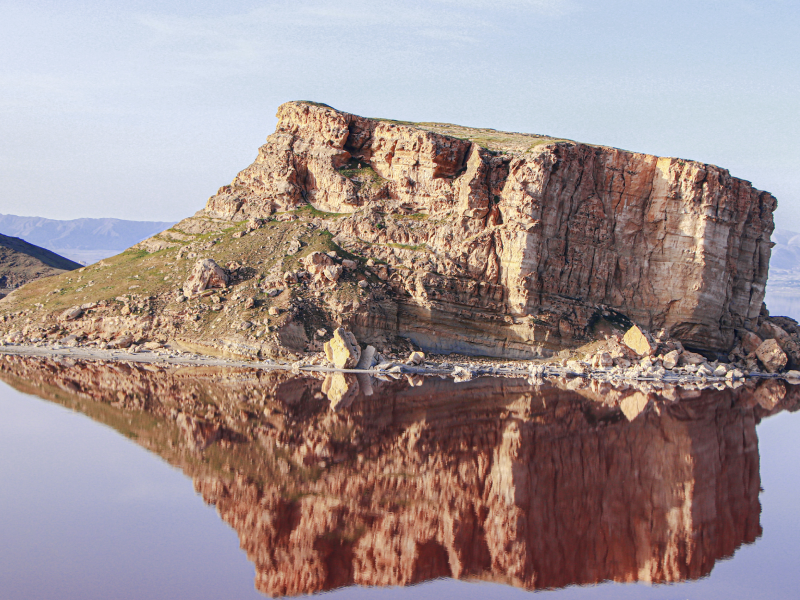
Lake Urmia Photos
5. Fish: While the high salinity of Lake Urmia makes it challenging for many fish species to survive, some specially adapted species can thrive in these conditions. These include brine shrimp, killifish, and the endemic Urmia tooth carp. The brine shrimp, in particular, plays a crucial role in the lake’s ecosystem, serving as a primary food source for flamingos and other bird species.
6. Reptiles and Amphibians: The wetlands and marshy areas around Lake Urmia provide a habitat for various reptiles and amphibians, including turtles, snakes, and frogs. These creatures contribute to the overall biodiversity of the region.
7. Invertebrates: The lake’s saline waters are home to numerous invertebrates, including crustaceans and snails. These small organisms play a vital role in the lake’s food chain and ecological balance.
Salt Crystals and Salt Production
Lake Urmia’s salt crystals and traditional salt production are fascinating aspects that add to the allure of this unique destination. Along the lake’s shores, stunning salt formations glisten under the sun, creating a surreal and enchanting landscape. These gleaming salt crystals form as the water evaporates, leaving behind a layer of crystallized salt. The interplay of light and salt creates a mesmerizing sight, drawing photographers and nature enthusiasts to capture the beauty of this natural wonder.
Salt production has been a significant economic activity in the region for centuries. Local communities have mastered the art of traditional salt harvesting, carefully collecting the crystallized salt from the lake’s shores. Workers skillfully scrape the salt crystals and pile them into mounds, which are then left to dry in the sun. Once dried, the salt is collected, cleaned, and processed for various uses, including culinary and industrial purposes.
Urmia Lake National Park Khaneshan
Lake Urmia and its 102 islands were declared a protected area of Urmia in 1967. After that, in 1975, the same area plus 60 meters of lake boundary with an area of 540,885 hectares was upgraded to Urmia Lake National Park due to its unique characteristics, special and sensitive climatic conditions, and the need for special protection. The national park is home to numerous species of plants and animals, many of which are endemic to the region. The park is a valuable ecosystem for wildlife and plays a crucial role in maintaining the ecological balance of the area.
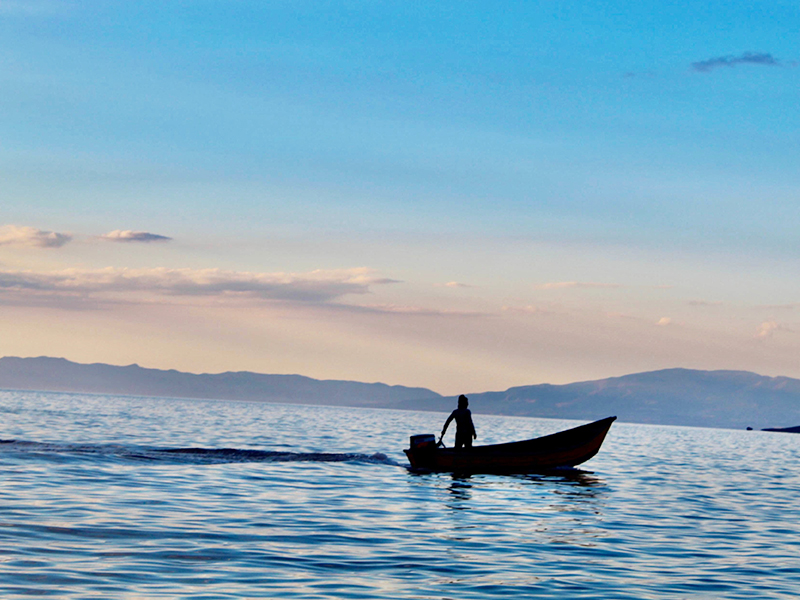
Salt Lake of Iran
What Happened to Lake Urmia?
Lake Urmia has faced a severe environmental crisis marked by a significant decline in its water levels and overall health. Natural factors such as climate change and prolonged drought have contributed to a reduced inflow of water into the lake, causing water scarcity and a drop in water levels. Human activities, including water mismanagement, dam construction, and pollution, have further exacerbated the situation. The lake’s hypersaline nature has made it sensitive to changes in water levels, impacting its delicate ecosystem and biodiversity. As a result, this lake has experienced the loss of critical wetland habitats, reduced agricultural productivity, economic hardships for local communities, and threats to human and animal populations.
Why Did Lake Urmia Shrink?
Lake Urmia has shrunk primarily due to a combination of climate change, drought, water mismanagement, and the hypersaline nature of the lake. Reduced precipitation and increased evaporation rates caused by climate change have led to decreased water inflow. Prolonged drought in the region further exacerbated the water scarcity. Human activities such as dam construction, excessive water extraction, and diversion of rivers have disrupted the natural water flow into the lake.
Lake Urmia is a true jewel in the crown of Iran’s natural wonders, beckoning travelers with its unparalleled beauty, therapeutic waters, and abundant wildlife. Whether you’re an adventure seeker, a nature enthusiast, or a cultural explorer, Urmia Lake promises an unforgettable experience that will leave an indelible mark on your heart. So, pack your bags, venture off the beaten path, and immerse yourself in the enchanting world of Lake Urmia – a journey of discovery and wonder awaits you.
Are you planning to travel to Iran and looking for an Iran travel agency ? Check out our Iran tours and feel free to contact us.
Leave a Reply
Leave a reply cancel reply.
Your email address will not be published. Required fields are marked *
Save my name, email, and website in this browser for the next time I comment.
No.15, IDT Bld.,3rd st.,Vali-e-Asr Ave., Yousefabad. Tehran- 1433633611- I.R. Iran Tel: +98 21 8871 42 14 Fax: +98 21 8871 29 27 [email protected] [email protected]

Latest Iran News and Iran Travel Blog
Subscribe to our newsletter
You have successfully joined our subscriber list.
Follow us on YouTube

WhatsApp us
Plan Your Trip to Urmia: Best of Urmia Tourism

Explore Urmia
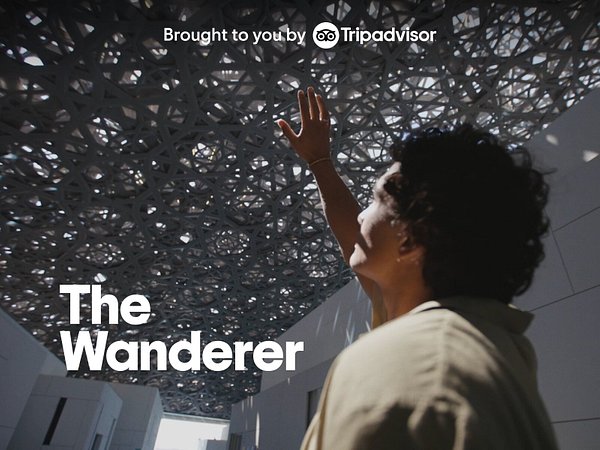
Watch The Wanderer
Essential urmia.

Explore each city’s unrepeatable delights and mysteries with your own eyes. Learn about the unique history and tales of you preferred city with its landscapes and sites, and much more…
- Bandar Abbas
- Bandar Anzali
- Khorramabad
- Mahmoud Abad
- Shahr-e Kord

- Restaurants
- Site To See Historical sites musuems
- Things to do Natural attractions Shopping centers
- City info Embassies Foreign ministries Hospitals Transportation
City of Water, Paris of Iran, City of Religions, Creeds and Ethnicities, Land of Vigor
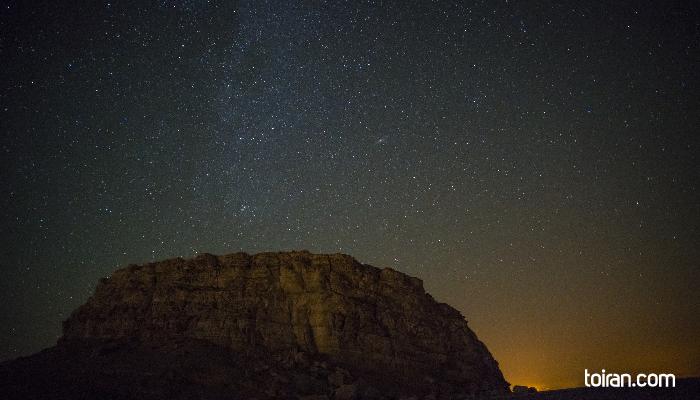
The capital of West Azarbaijan Province, Urmia is a city surrounded by several mountains and borders Lake Urmia in the east, Turkey in the west, the cities of Mahabad, Naqadeh and Oshnavieh in the south and the city of Salmas in the north. Urmia has semi-arid climate and its weather becomes hot during the summer and extremely cold during the winter.
The name Urmia consists of the Assyrian words ‘Ur’ meaning ‘city’ and ‘Mia’ meaning ‘water,’ winning it the nickname ‘city of water.’ During the Pahlavi era (1925-1979), Reza Shah (1878-1944) changed the city’s name to Rezaieh but its name was changed back to Urmia after the 1979 Islamic Revolution in Iran.
Excavations at Tepe Hassanlou archeological site southwest of Lake Urmia have found that this area was continuously inhabited from the 6th millennium BC to the 3rd century CE. However, Urmia as a city is believed to have a 3 to 4,000-year history.
Urmia is a city where different ethnicities and religions have lived alongside one another in harmony for centuries. The city has considerable Assyrian, Kurdish, and Armenian communities.
Urmia has numerous historical and natural attractions. Some of the most notable historical attractions of the city include an 11th century Jame Mosque , the Qajar era (1785-1925) Sardar Mosque , Naneh Maryam Church or the Church of East Assyria, which was built in the year 32 CE, and the 18th century Sepurghan Church . The city has a museum where over 26 thousand ancient artifacts from the 7th millennium BC to the Qajar era are on display.
Urmia’s natural attractions include Saholan Cave , which is the country’s second largest water cave, Marmishou Lake and waterfall, and Lake Urmia. A UNESCO Biosphere Reserve, Lake Urmia was once valued for the threptic properties of its water but the lake has been rapidly disappearing in recent years.
Urmia has a new ski resort named Khoshako which is a great destination for snowboarders.
37°33′19″N 45°04′21″E
Top things to do:
- Marmishou Lake
- Jame Mosque of Urmia
- Naneh Maryam Church
Top foods to try:
- Noql-e Bidmeshk- A chewy sugar-coated candy scented with musk willow and served with black tea.
- Soujouq (basloq) - A soft starch-based candy infused with rosewater and completely coated with shredded coconut and topped with walnuts. This candy is usually served with unsalted nuts and black tea.
- Yar-ma-shour-baseh- A thick tomato-paste based bulgur soup made with kidney beans, potato, bell pepper, onion, fried dried mint and turmeric, served with fresh lime juice.
- Handcrafted Wooden Products
- Handwoven accessories (gloves , hats and scarves)
- Herbal distillates
- Leather products
- Relief Carving
- Erzurum, Turkey
- Trabzon, Turkey
- Varna, Bulgaria
- Takht-e Soleyman
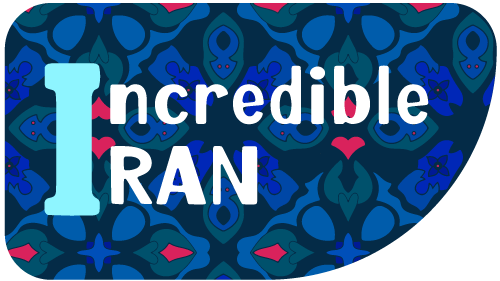
Urmia Daily Tour
- Best Iran Tour Packages
- Daily City Tours
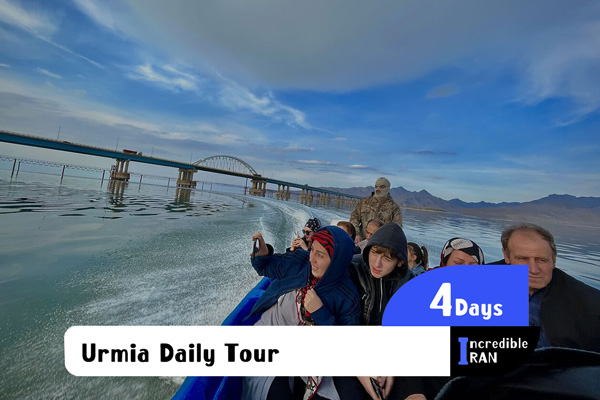
Urmia Treasures: A Guided Day Tour
Urmia, a city in northwestern Iran, offers a mix of cultural heritage, historical sites, and stunning natural landscapes. This itinerary offers a blend of cultural, historical, and natural explorations, making your stay in Urmia a well-rounded and memorable experience. Here’s a detailed 4-day itinerary to explore Urmia and its surroundings:

- Duration: 4 Days
- Arrival: Urmia
- Departure: Urmia
- Wheelchair Access Available
- Iranian Cuisine Experience
- Iranian SIM card
- A Local’s Tour
- Professional Guidance: Each tour in Urmia is led by a knowledgeable local guide fluent in multiple languages. This ensures that visitors not only explore the city's deep historical and cultural layers but also receive comprehensive answers in their preferred language, significantly enhancing their touring experience.
- Culinary Delights: The tour highlights unique local dining experiences that offer the best of traditional Iranian cuisine in Urmia. Guests will have the opportunity to enjoy authentic dishes that reflect the rich culinary traditions of the region, providing a deep insight into Urmia unique culinary culture.
- Comprehensive Itinerary: Our Urmia tour is meticulously crafted to include key sites such as the Urmia Bazaar, Church of Nane Maryam, and the Hasanloo archaeological site, offering a thorough and enriching exploration of the city’s cultural, historical, and natural landmarks.
- Convenient Transportation: Comfortable and reliable transportation is provided throughout the tour, ensuring timely arrivals at each landmark and a smooth, enjoyable travel experience for all participants, from the initial pick-up to the final drop-off.
- Urmia Bazaar
- Urmia Museum
- Urmia Lake Park
- Church of Nane Maryam
- Ancient village of Kandovan
- Silvaneh area
- Hasanloo archaeological site
Day 1: Discover Urmia
Morning: Start your day at the Urmia Bazaar, an excellent place to immerse yourself in local culture and pick up some unique souvenirs, like local spices or hand woven crafts.
Afternoon: Visit the Urmia Museum, which showcases archaeological finds from the region including pre-Islamic and Islamic artifacts.
Evening: Take a stroll around Urmia Lake Park, a popular spot among locals for its beautiful sunset views over what remains of Lake Urmia.
Day 2: Urmia Historical Sites
Morning: Visit the Church of Nane Maryam, the oldest church in Iran, dating back to the Sasanian period. It’s an important historical site that reflects the city’s diverse religious history.
Afternoon: Head to the Se Gonbad, a Seljuk-era tower with a unique conical dome, located near the city center.
Evening: Enjoy a relaxing dinner at one of Urmia traditional restaurants, trying local dishes such as Dizi or Kebab.
Day 3: Day Trip to Kandovan
Full Day: Take a day trip to the ancient village of Kandovan, about 130 kilometers southeast of Urmia. This unique village is famous for its homes carved out of volcanic rocks, somewhat similar to those in Cappadocia, Turkey. Explore the village, meet local artisans, and perhaps sample some of the herbal honey or handcrafted items sold by villagers.
Evening: Return to Urmia.
Day 4: Nature and Adventure
Morning: Travel to the Silvaneh area, located in the mountains east of Urmia. It’s ideal for hiking and enjoying the lush greenery during the spring and summer months or for snow sports in the winter.
Afternoon: Visit the Hasanloo archaeological site, home to the famous “Lovers’ Gold Cup” dating back to the 1st millennium BC.
Evening: Prepare for your departure from Urmia, reflecting on the memories of your travels through this diverse and historical region.
Urmia, located in northwestern Iran, is surrounded by some fascinating destinations that are perfect for day trips and excursions. Here are some recommended excursions around Urmia:
1: Lake Urmia National Park
Distance: The park surrounds Lake Urmia, just a short drive from the city.
Highlights: Once one of the largest salt lakes in the Middle East, Lake Urmia has significantly reduced in size but remains a significant ecological area. The national park offers opportunities for bird watching, especially during migration seasons, and beautiful landscapes for photography.
2: Maku Free Zone
Distance: About 220 km northwest of Urmia, near the borders with Turkey and Armenia.
Highlights: This free trade zone offers not only shopping opportunities with a range of imported goods but also stunning natural scenery. Nearby attractions include the Qareh Kelisa (Black Church), an ancient Armenian monastery listed as a UNESCO World Heritage site.
Distance: About 70 km north of Urmia.
Highlights: Visit the historical city of Salmas, which is known for its diverse cultural background and significant archaeological sites. It’s a great spot to learn more about the various ethnic groups that have influenced the area.
What plans or ideas do you have for your itinerary?
Tell us about the sort of itinerary you have in mind. In particular, places you want to visit, the accommodation you have in mind, activities you would like to do, and any special interests you have (e.g., temples, local history, wildlife, etc.). The more information you provide, the better.
Get in Touch
Simply fill out our tour form and let our swift, expert team reach out to you on your preferred platform in no time. We pride ourselves on our rapid response – because your adventure can't wait!
Similar Tours
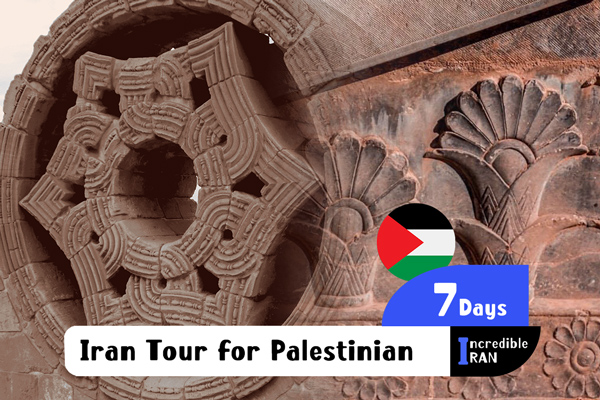
Iran tour from Palestine – Iran Tour for Palestinian

10-Day Tour of Iran for Brazilians
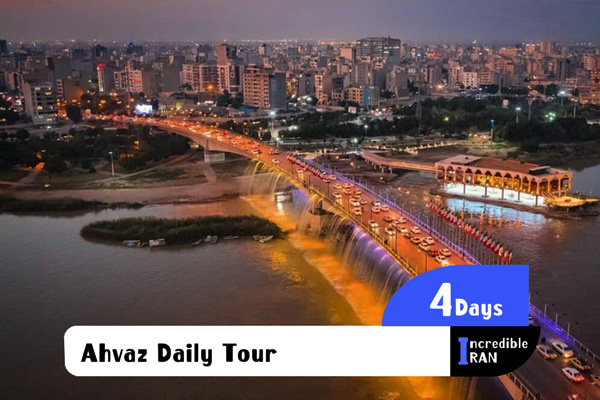
Ahvaz Daily Tour
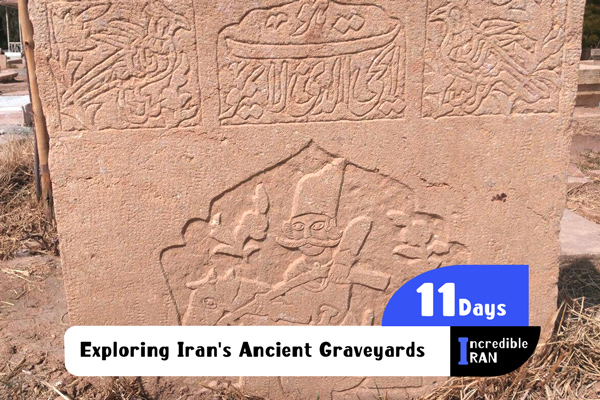
Exploring Iran’s Ancient Graveyards
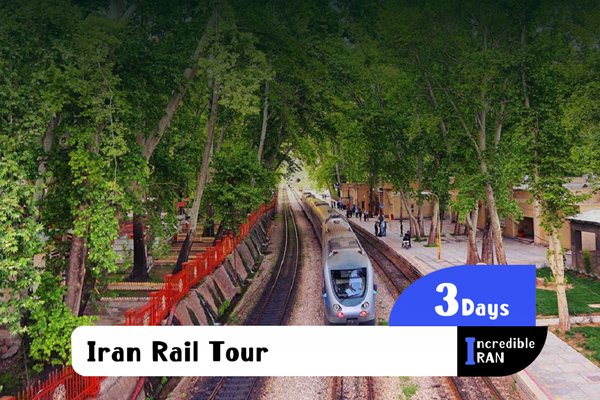
Iran Rail Tour

Shushtar Daily Tour
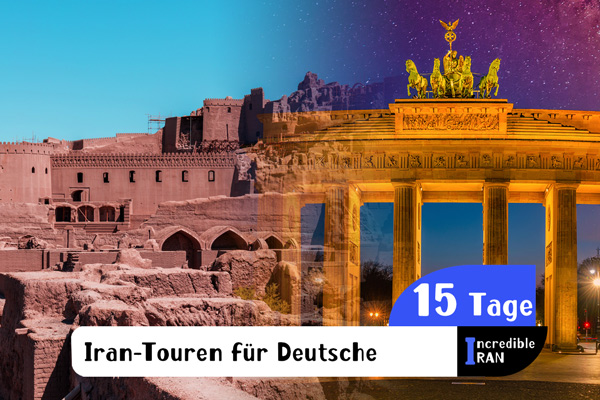
Touren des Iran für deutsche Bürgerinnen
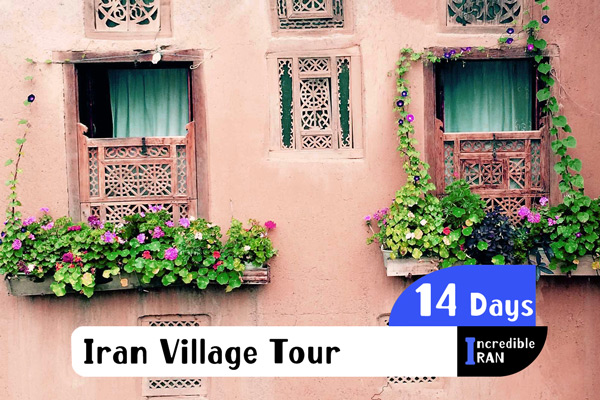
Iran Village Tour in a fortnight
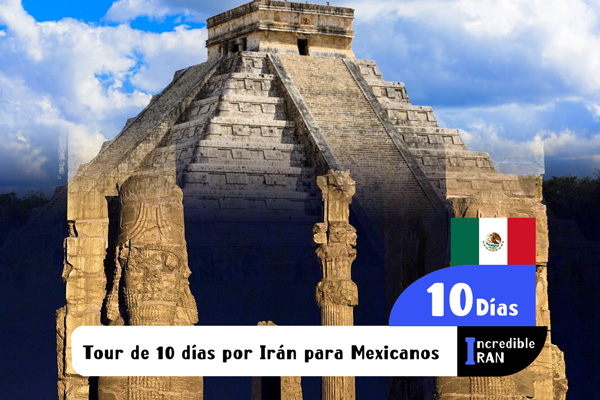
Tour de 10 días por Irán para Mexicanos
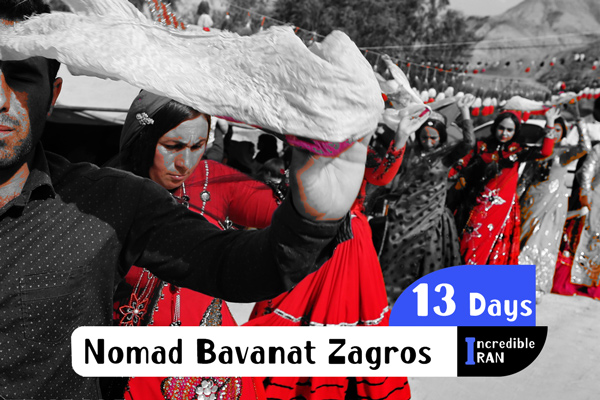
Nomad Bavanat Zagros Tour
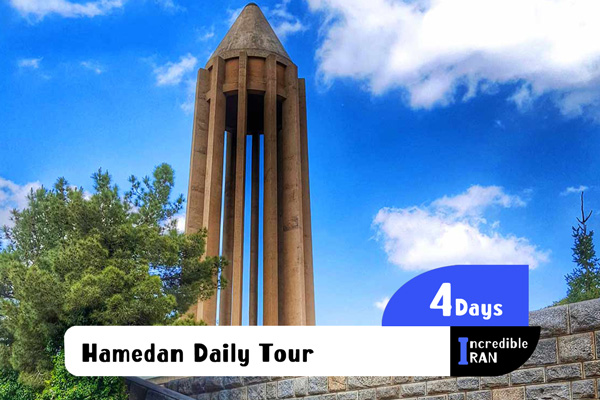
Hamedan Daily Tour

Iran Horse Riding
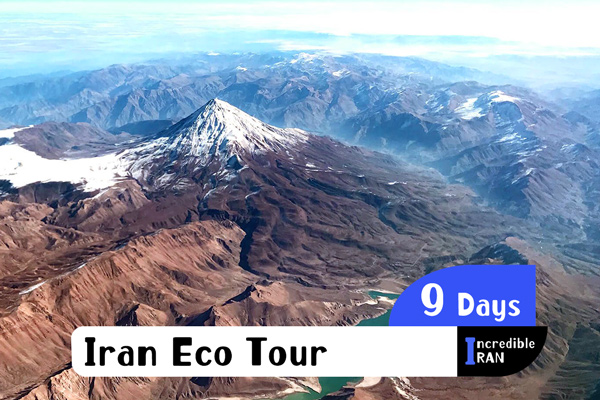
Iran Eco Tour
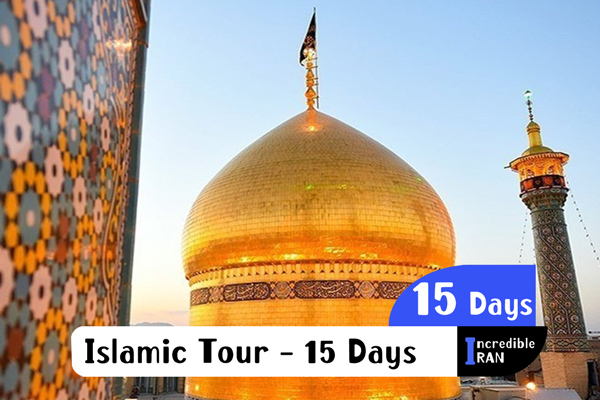
Islamic Tour – 15 Days
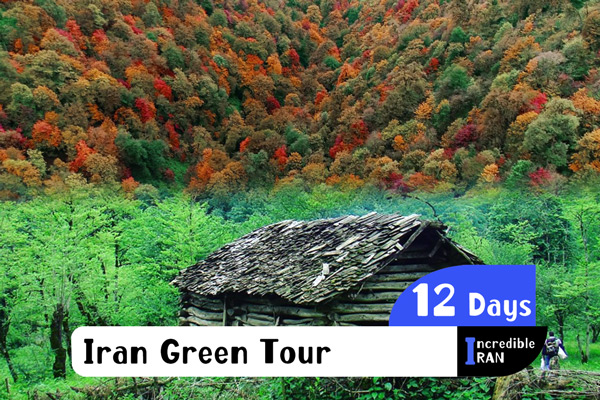
Iran Green Tour

Iran Tours for Scandinavian
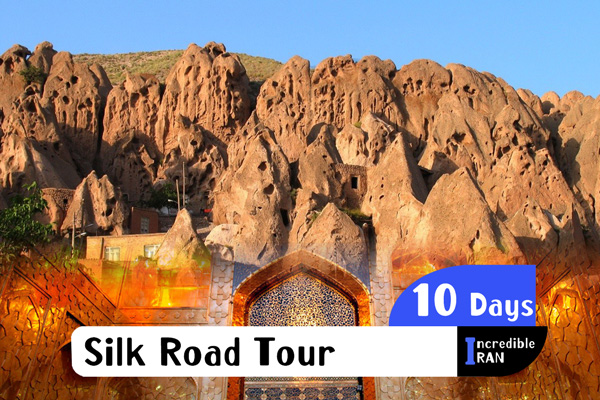
Silk Road Tour – 10 Days
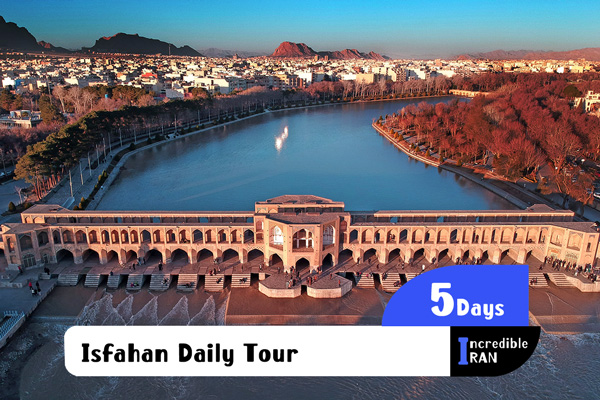
Isfahan Daily Tour
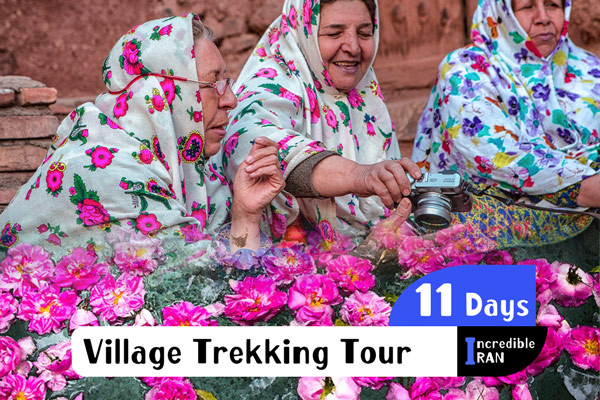
Village Trekking Tour Iran

中国公民的伊朗之旅-中国公民的伊朗签证
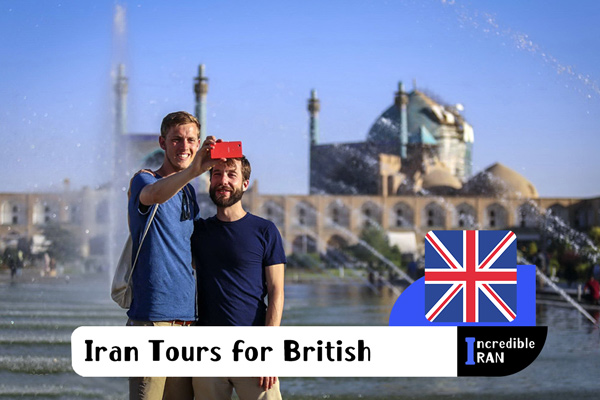
Iran Tour for UK Citizens
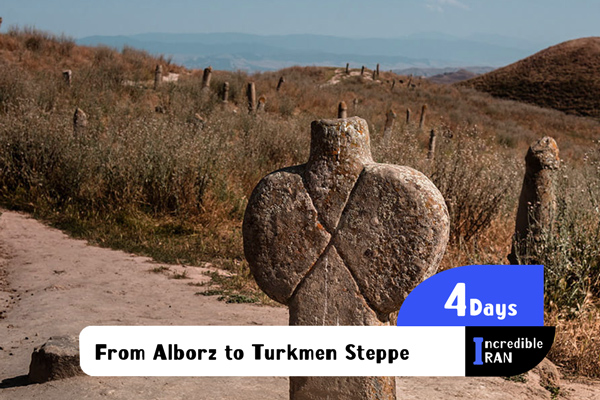
From Alborz to Turkmen Steppe
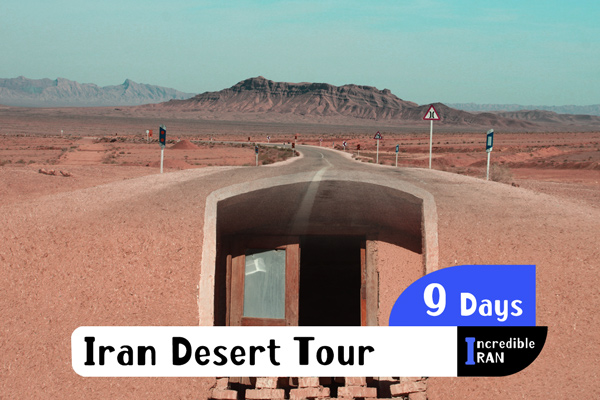
Dunes of Persia – Iran Desert Tour
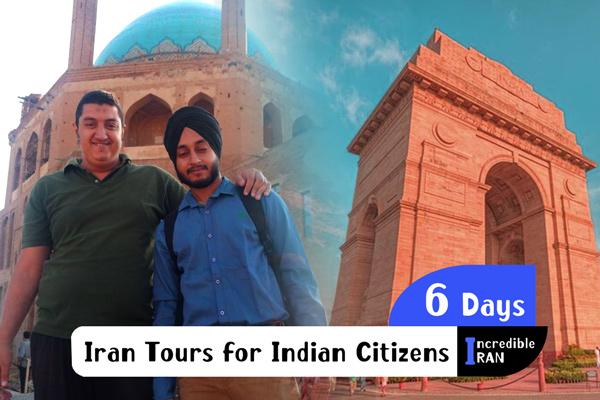
Iran Tours for Indian Citizens
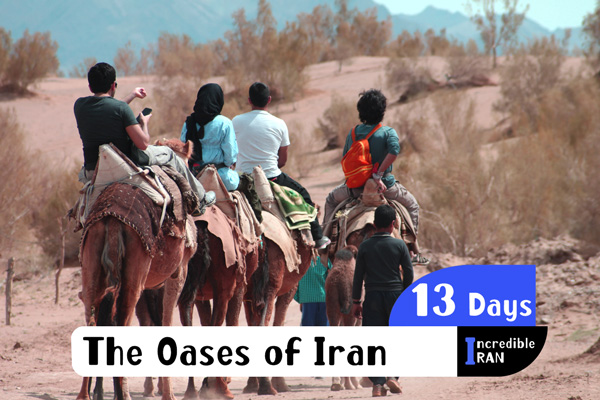
Iran Desert Tour

Iran tour from Oman – Iran Tour for Omanis
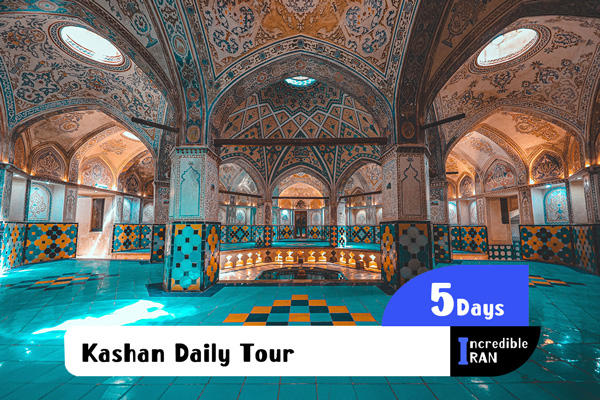
Kashan Daily Tour
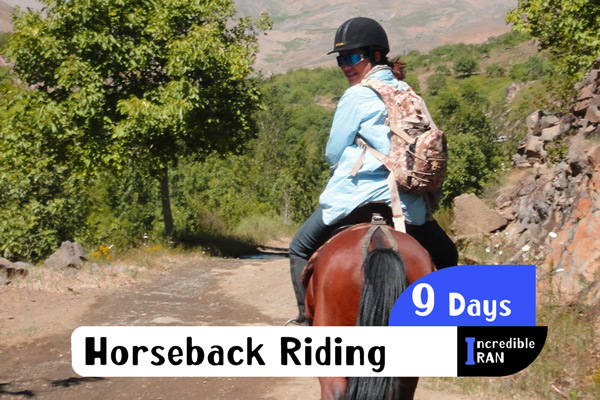
Horseback Riding Tour Iran

Iran Tours for Spanish
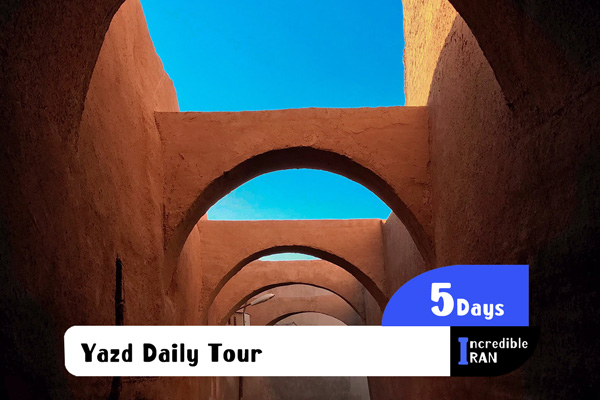
Yazd Daily Tour
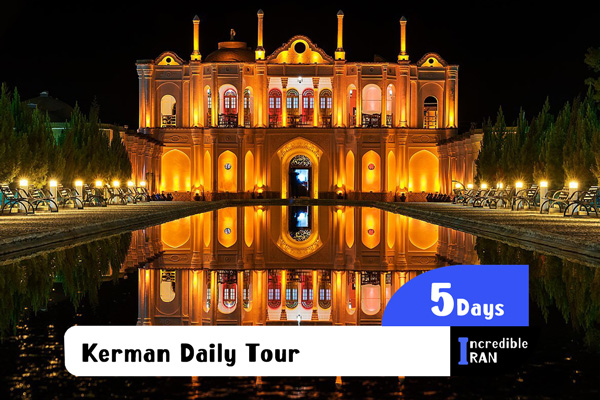
Kerman Daily Tour
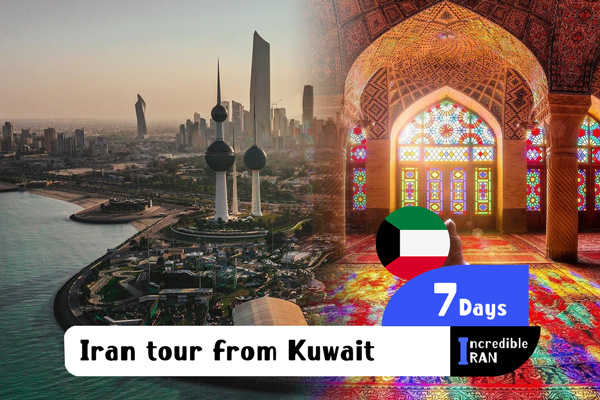
Iran tour from Kuwait – Iran Tour for Kuwaitis

Nomad Bavanat Qashqai Tour

Central Iran Desert Tour
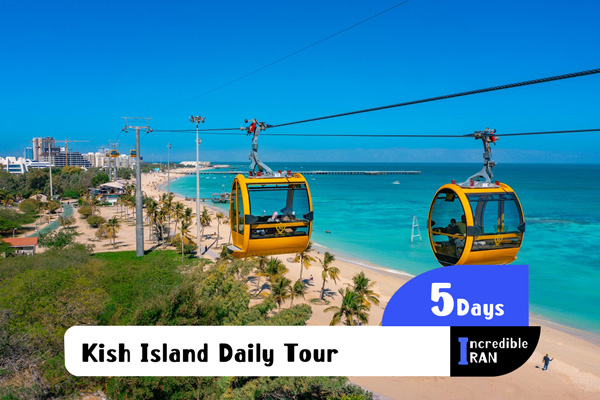
Kish Island Daily Tour
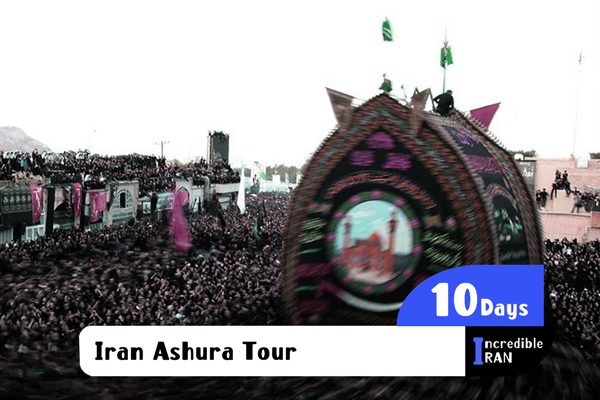
Iran Ashura Tour
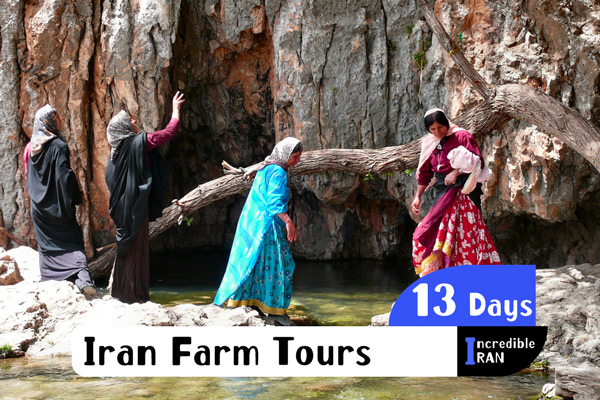
Iran Farm Tours
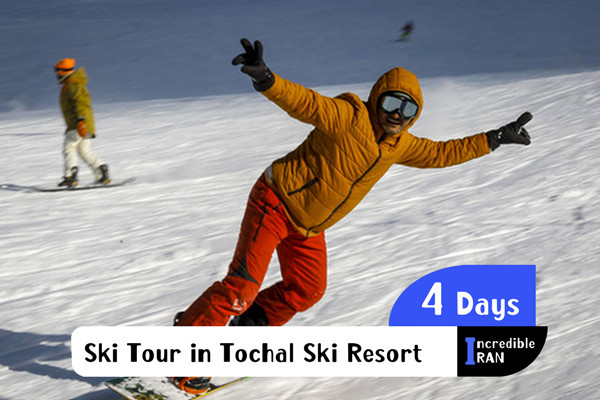
Ski Tour in Tochal Ski Resort
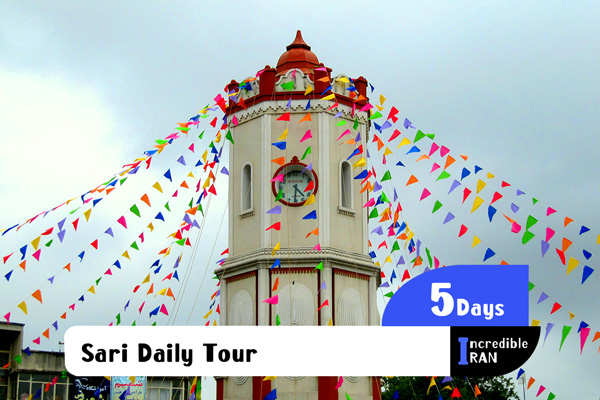
Sari Daily Tour
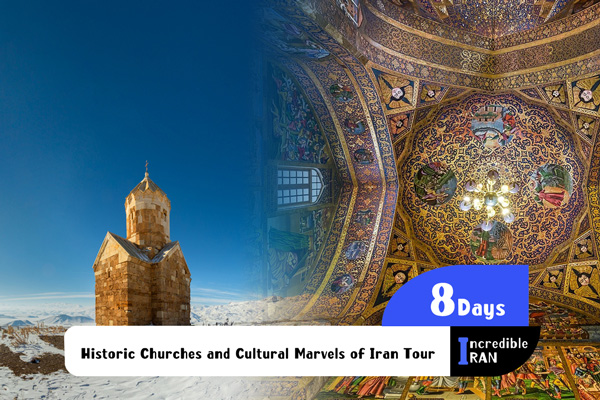
Historic Churches and Cultural Marvels of Iran Tour
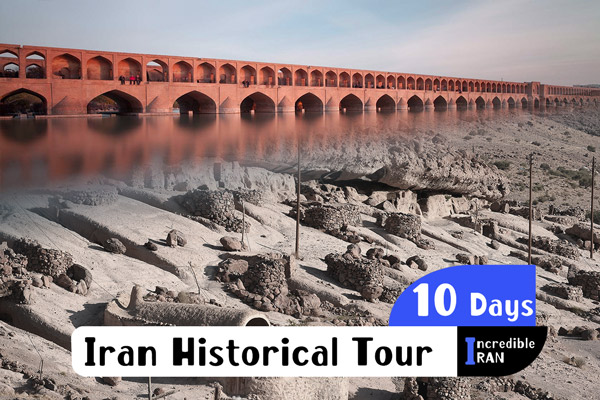
10 Days Iran Historical Tour
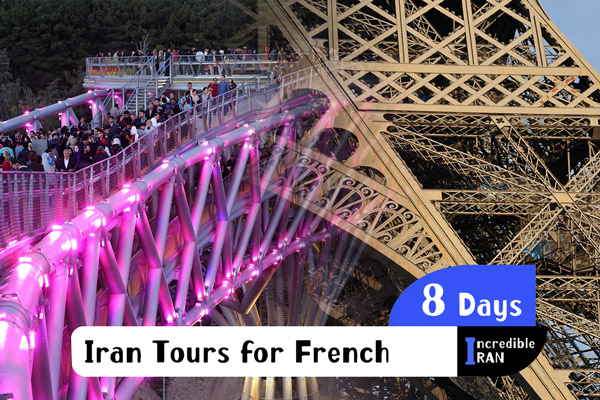
Iran Tours for French
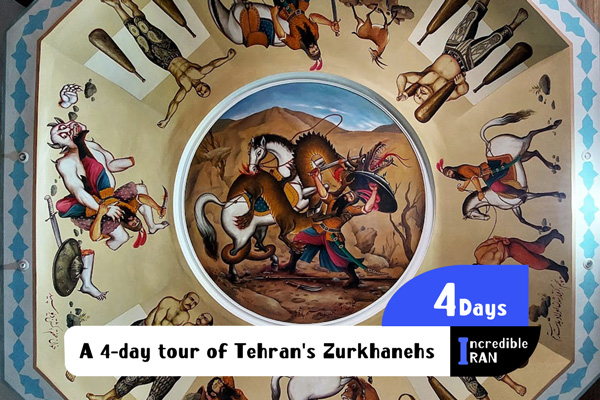
A 4-day tour of Tehran’s Zurkhanehs
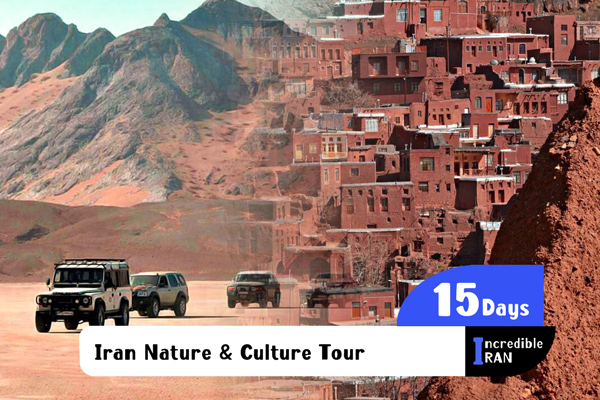
Iran Nature & Culture Tour
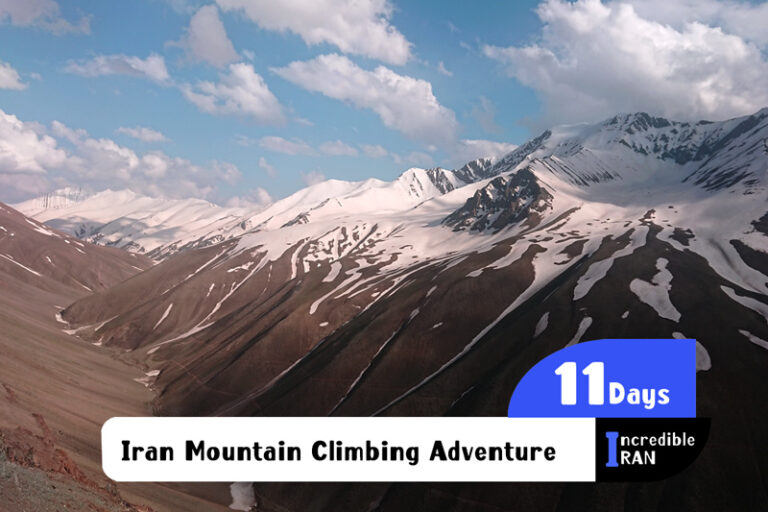
Iran Mountain Climbing Adventure
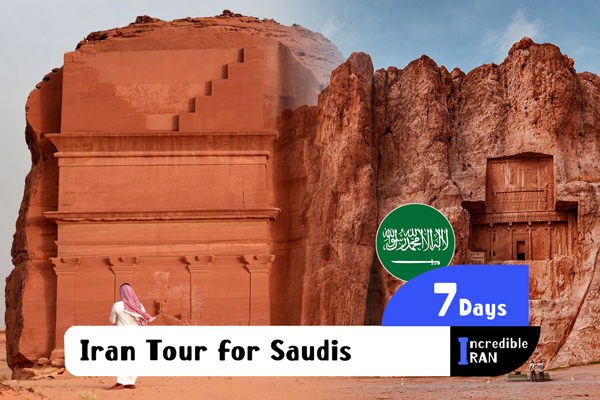
Iran tour from Saudi Arabia – Iran Tour for Saudis
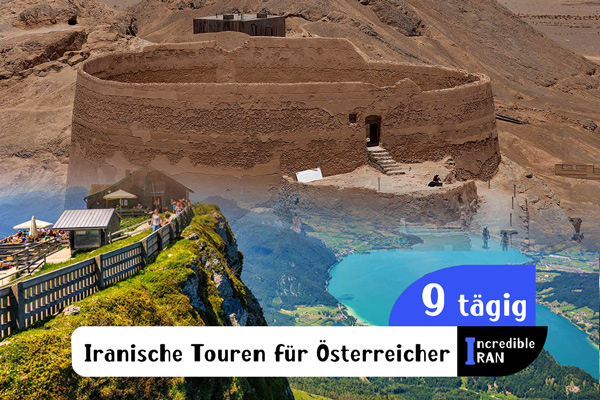
Iran Tours for Austrian

A 7-Day Saffron Harvest Tour in Iran

Iran Tours for Japanese
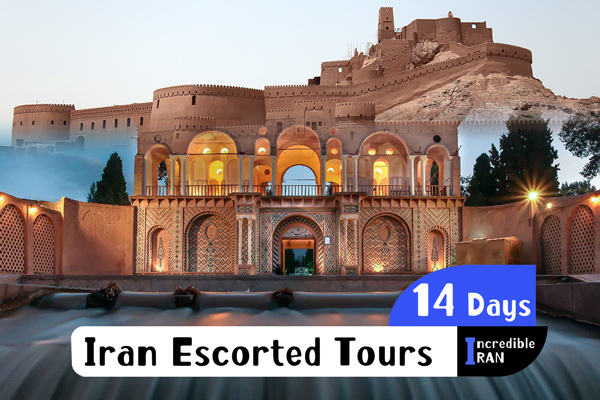
Iran Escorted Tours | Iran Guided Tours
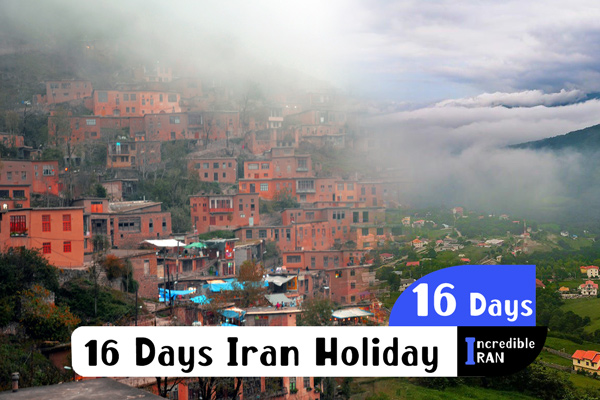
16 Days Iran Holiday Package
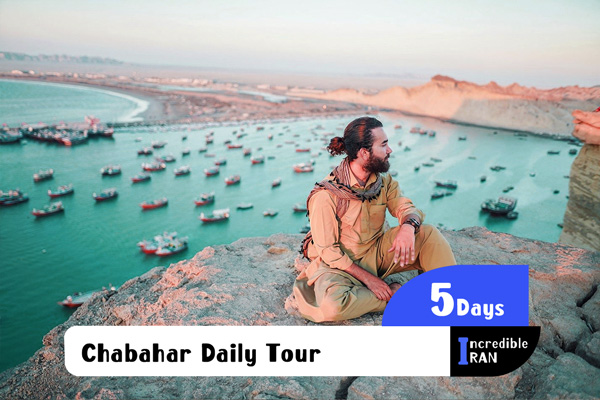
Chabahar Daily Tour
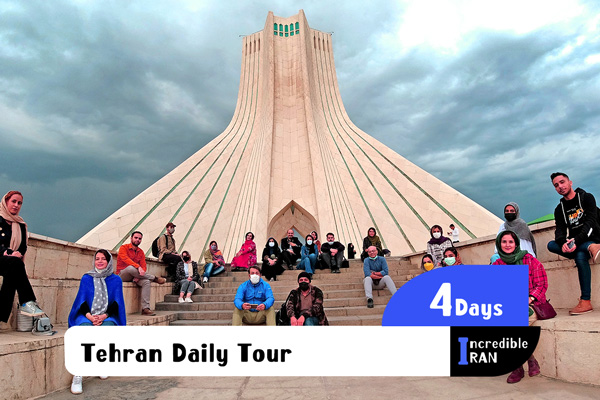
Tehran Daily Tour
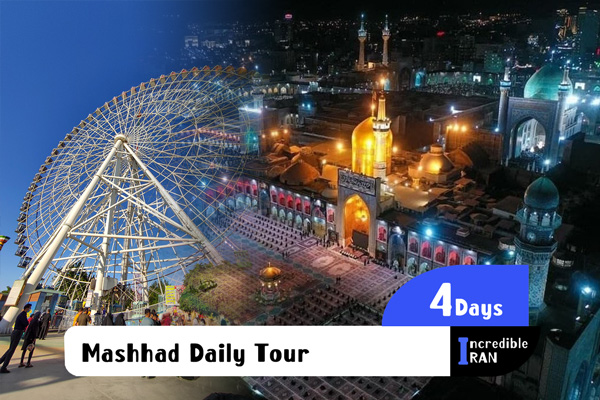
Mashhad Daily Tour
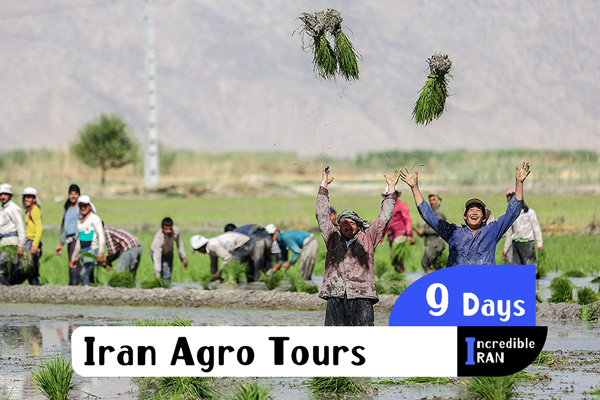
Iran Agro Tours
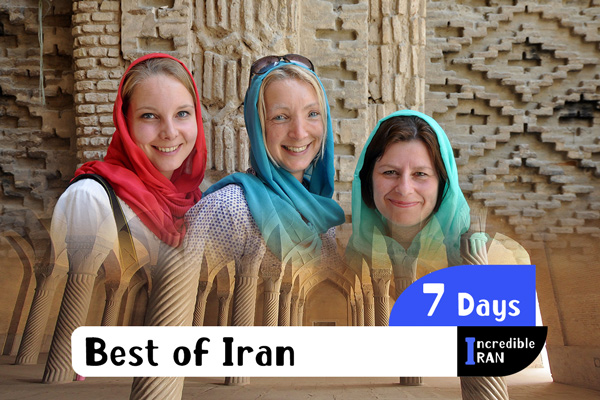
Best of Iran – 7 Days

Tours en Iran pour les Français
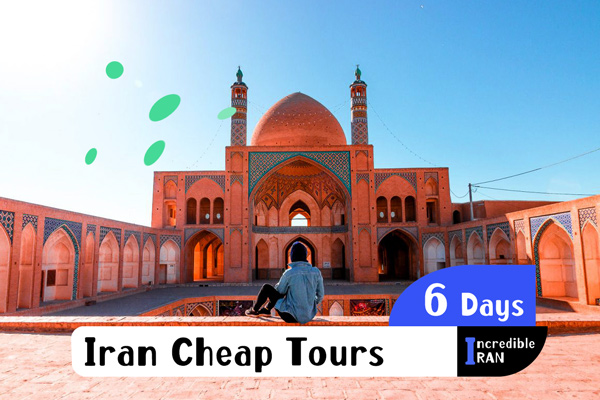
Iran Cheap Tours | Budget friendly tours to Iran
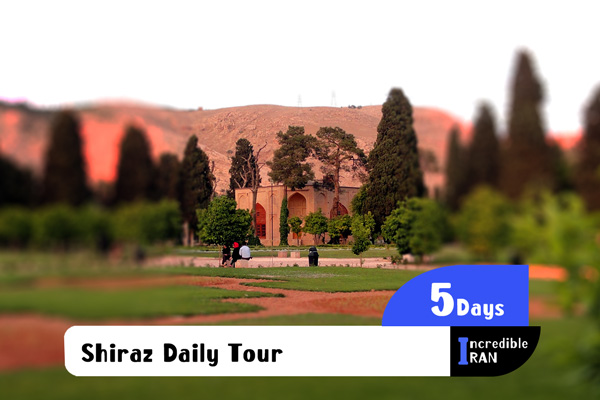

Shiraz Daily Tour
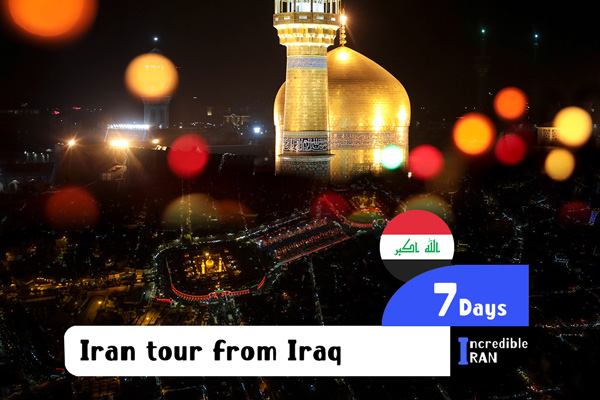
Iran tour from Iraq – Iran Tour for Iraqis
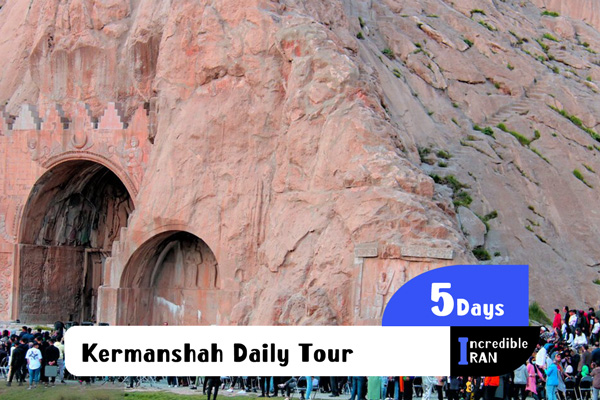
Kermanshah Daily Tour
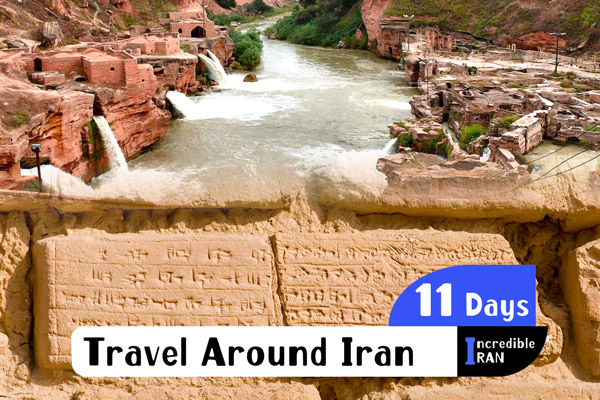
Travel Around Iran – 11 Days
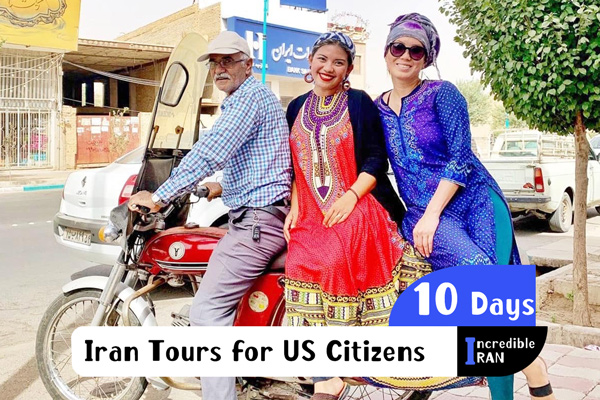
Iran Tours for US Citizens
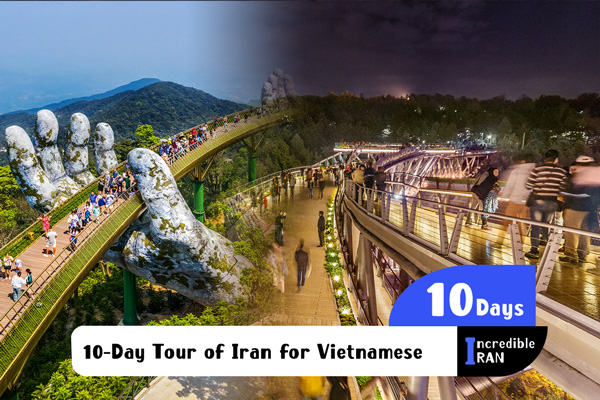
10-Day Tour of Iran for Vietnamese
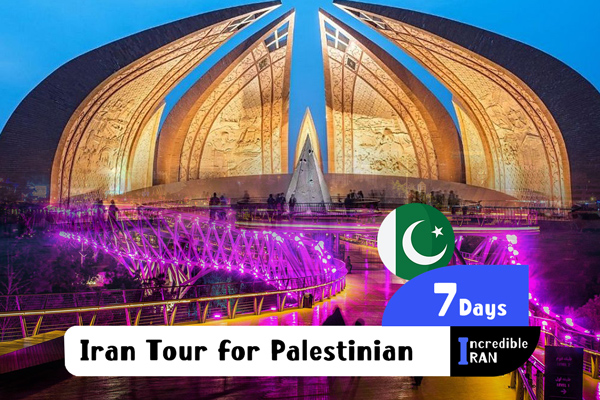
Iran tour from Pakistan – Iran Tour for Pakistanis
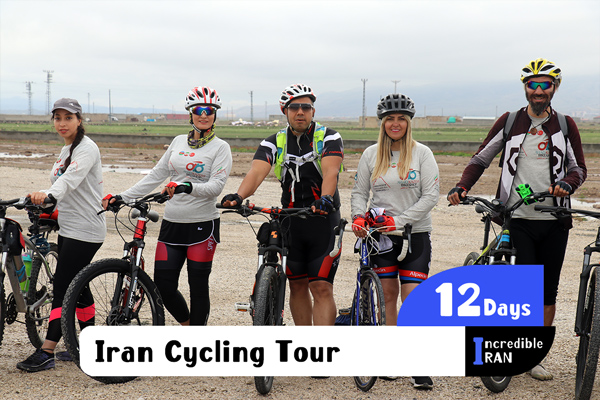
Iran Cycling Tour
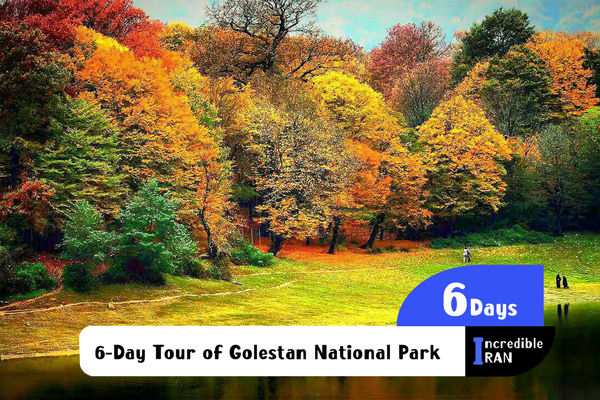
6-Day Tour of Golestan National Park

Tabriz Daily Tour
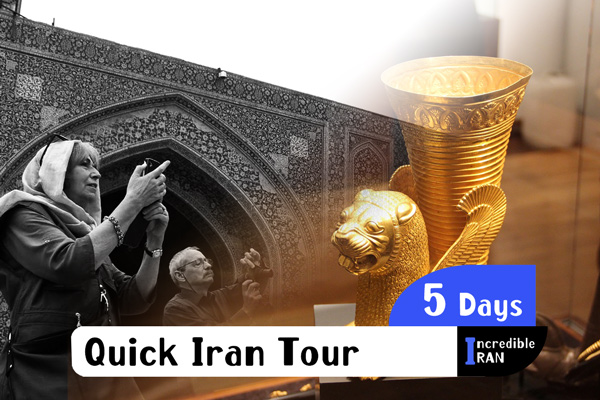
Quick Iran Tour – 5 Days
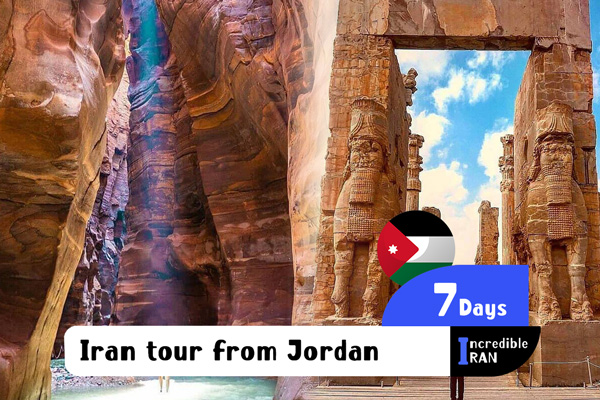
Iran tour from Jordan – Iran Tour for Jordanian
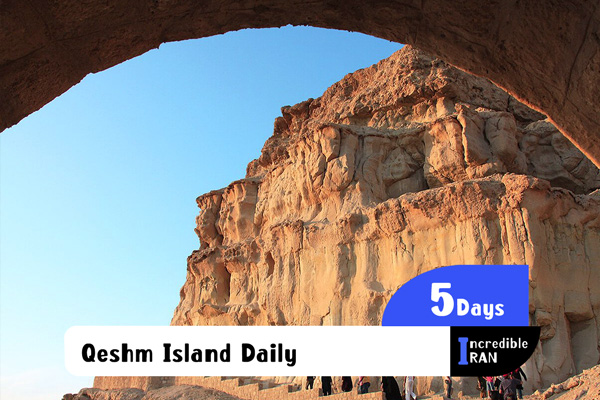
Qeshm Island Daily Tour
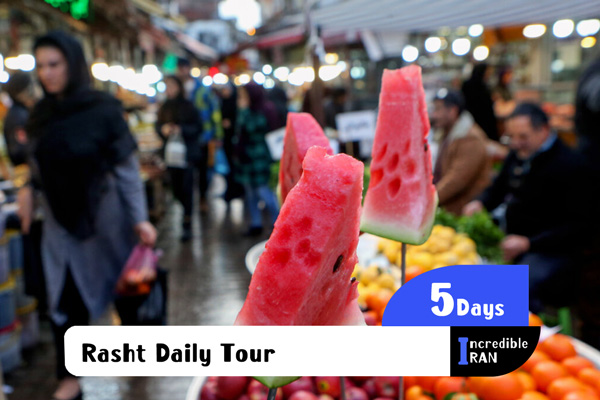
Rasht Daily Tour
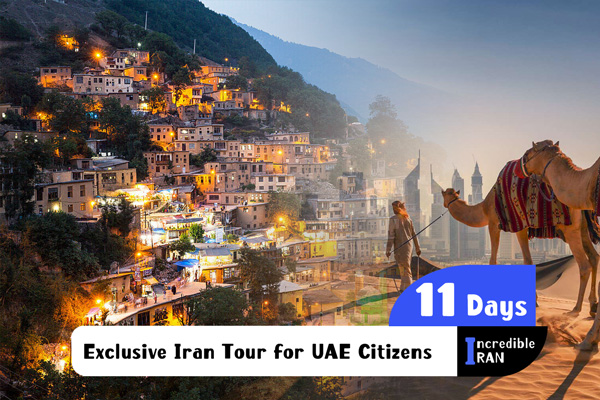
Iran Tour from Dubai
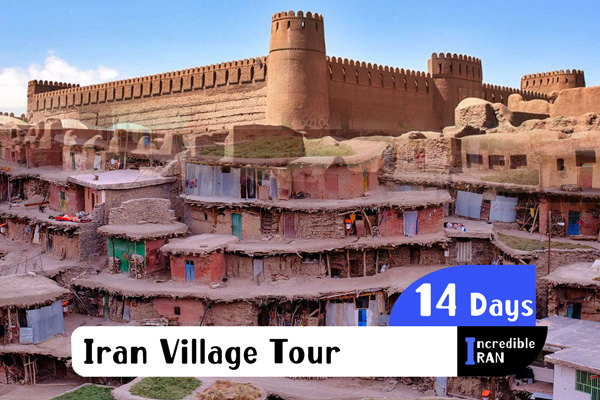
Iran Villages Tour
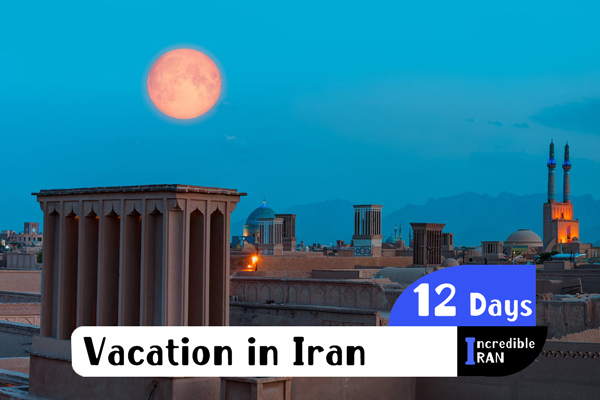
12 Days Vacation in Iran
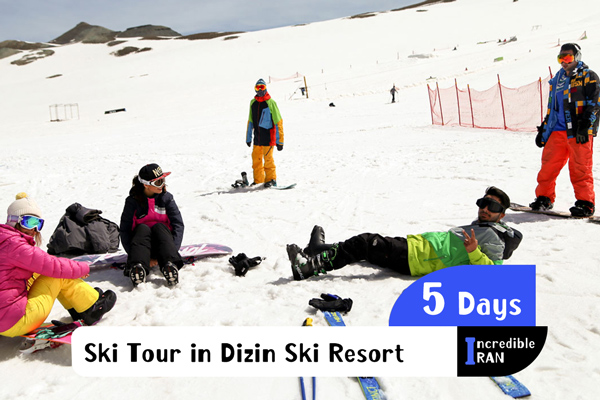
Ski Tour in Dizin Ski Resort – 5 Days
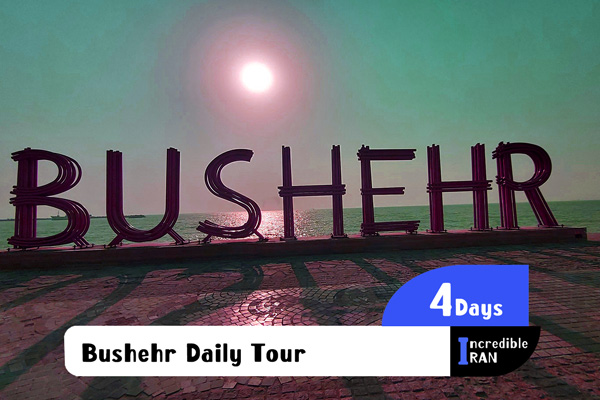
Bushehr Daily Tour
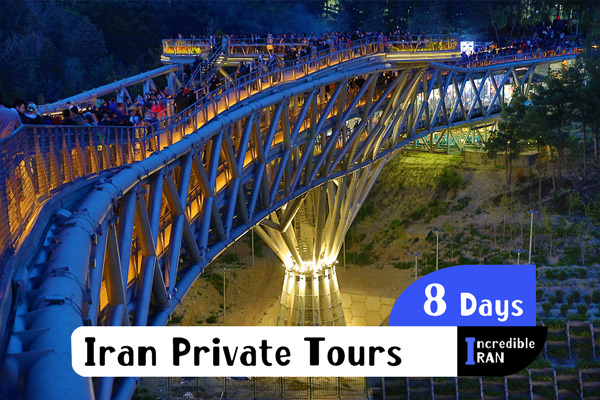
Iran Private Tours
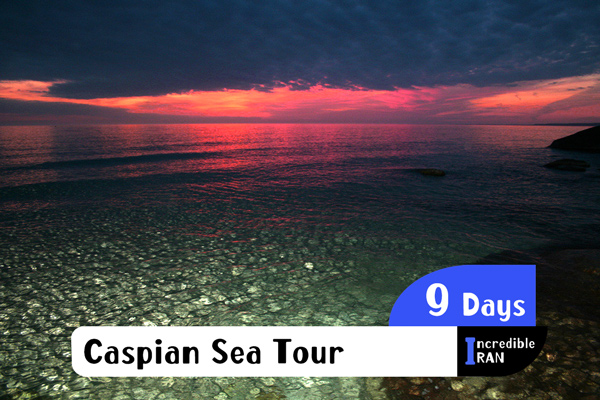
Caspian Sea Tour
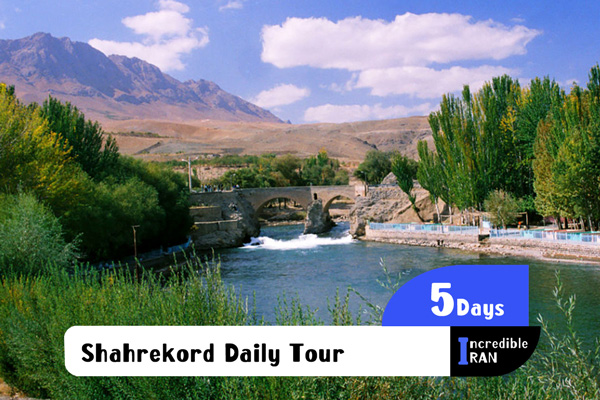
Shahrekord Daily Tour

12 Days Iran Historical Tour
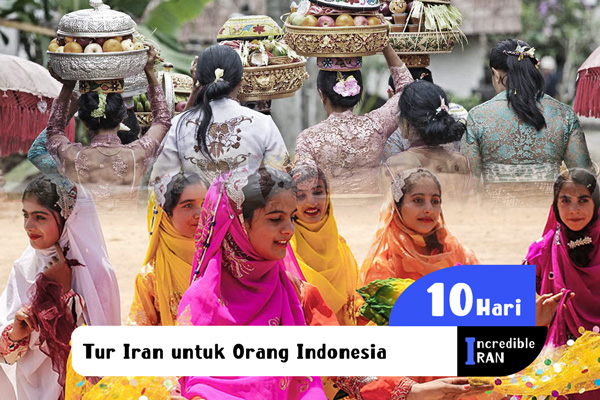
Tur Iran untuk Orang Indonesia
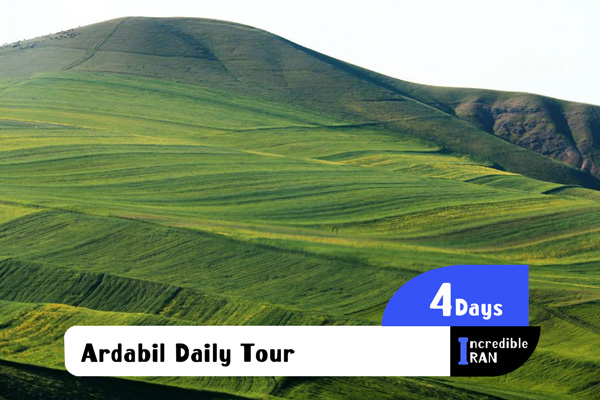
Ardabil Daily Tour
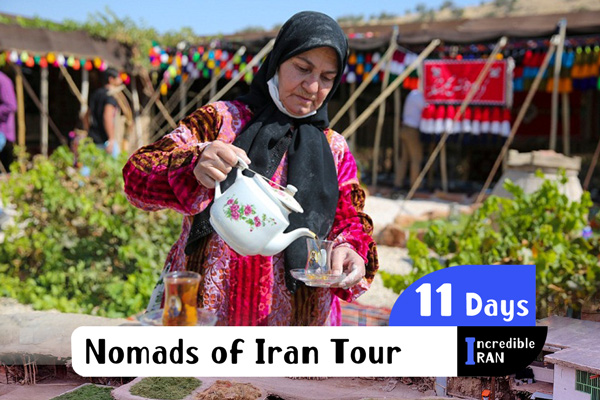
Nomads of Iran Tour
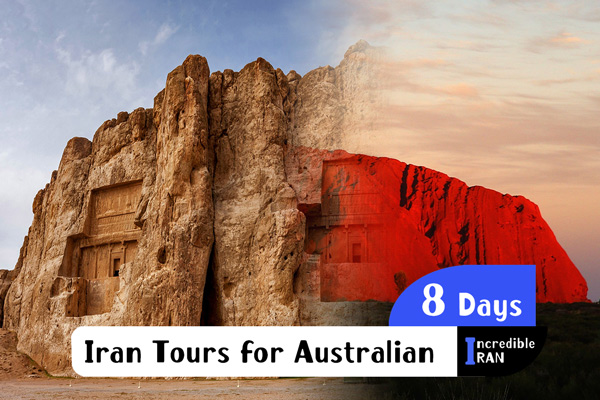
Iran Tours for Australian
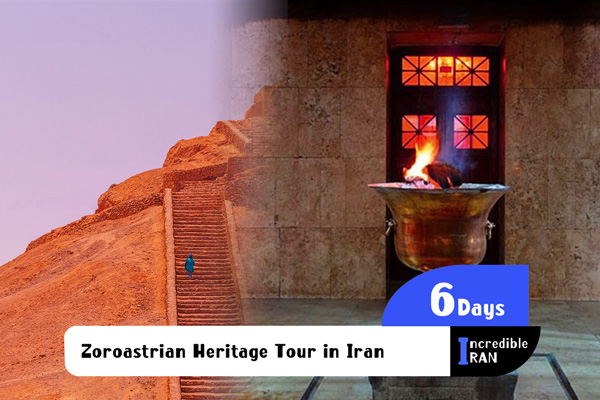
Zoroastrian Heritage Tour in Iran
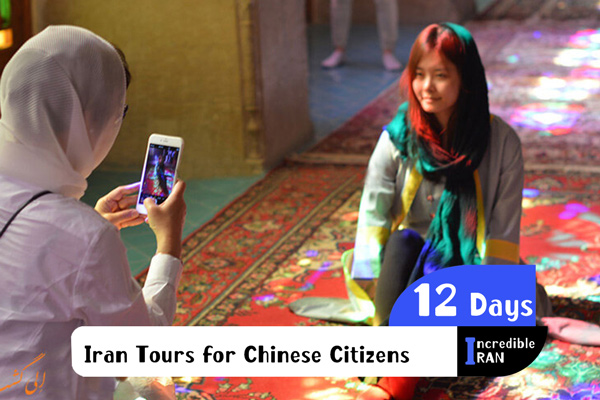
Iran Tours for Chinese Citizens
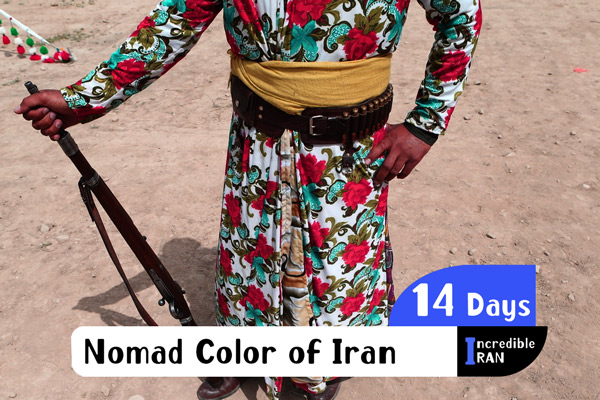
Nomad Color of Iran

Iran tour from Bosnia and Herzegovina – Iran Tour for Bosnian
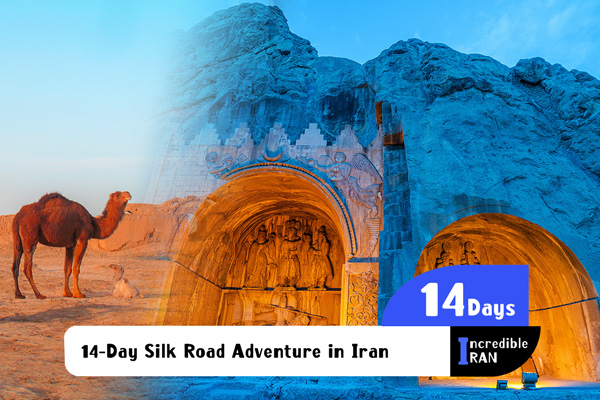
14-Day Silk Road Adventure in Iran
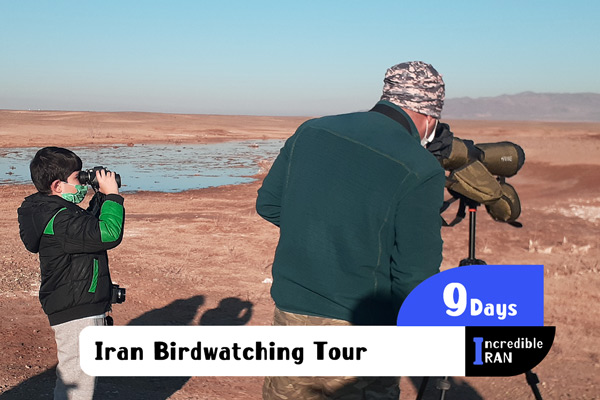
Iran Birdwatching Tour
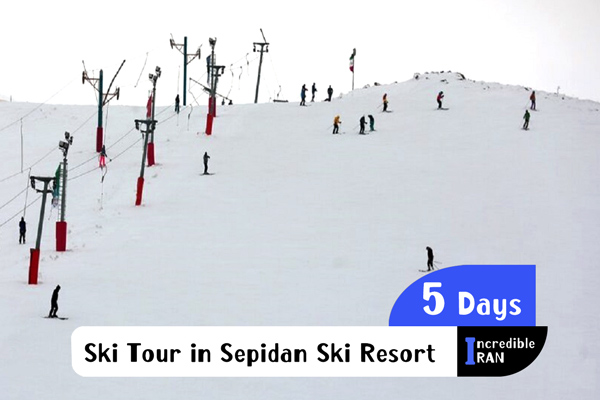
Ski Tour in Sepidan Ski Resort – 5 Days
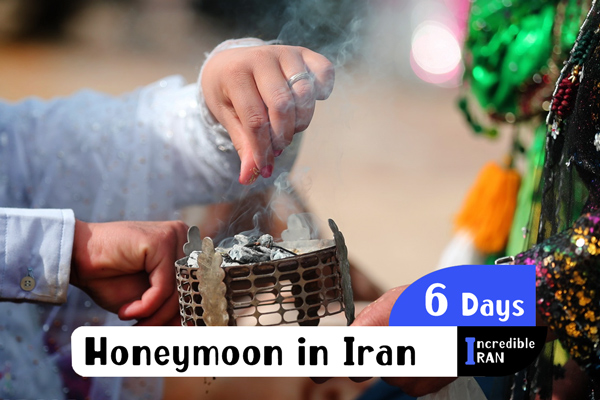
Honeymoon in Iran
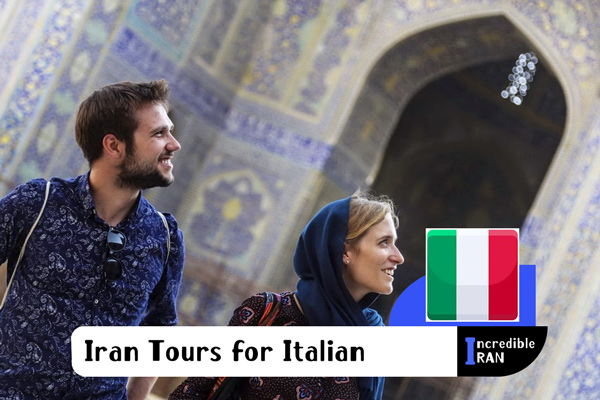
Iran Tours for Italian
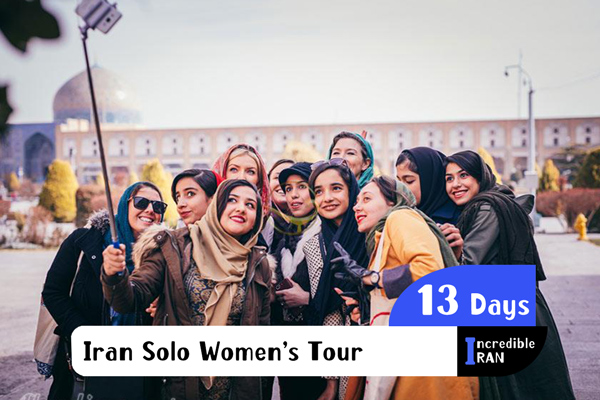
Female Travelers to Iran
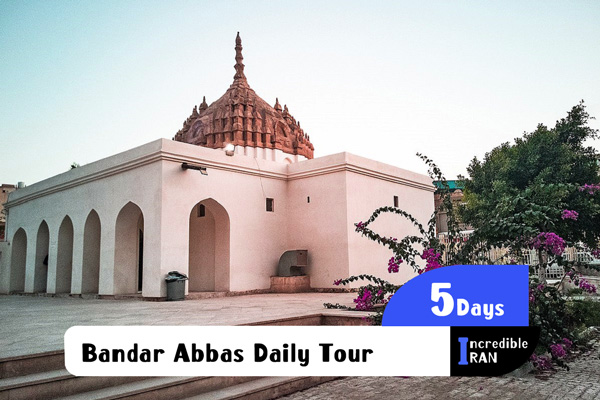
Bandar Abbas Daily Tour
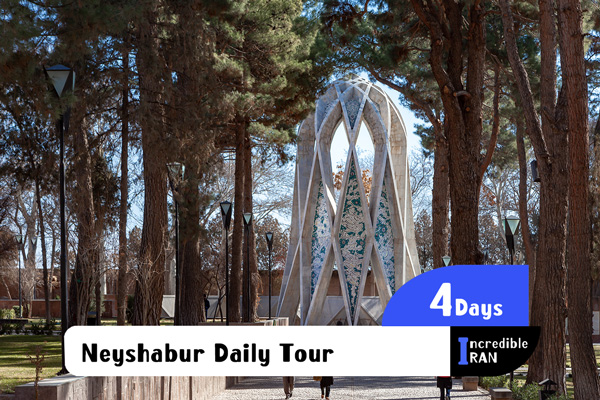
Neyshabur Daily Tour
Group tours to iran.
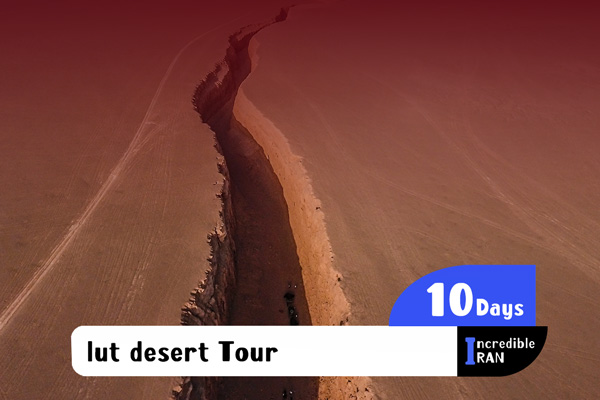
Lut desert Tour
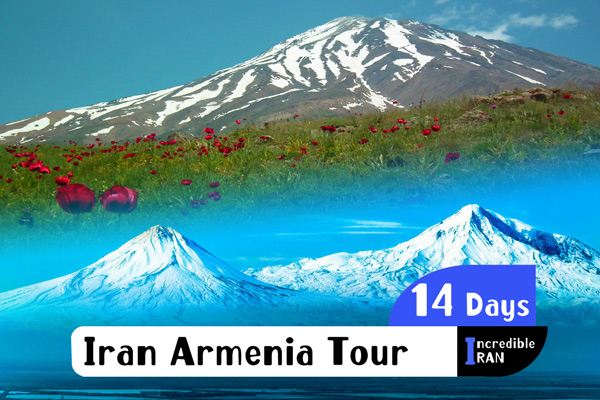
Iran Armenia Tour
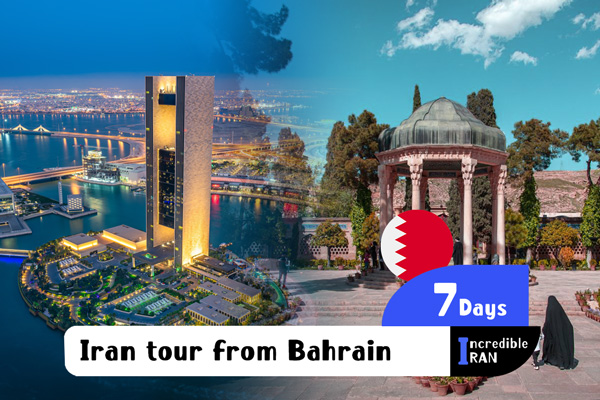
Iran tour from Bahrain – Iran Tour for Bahrainis
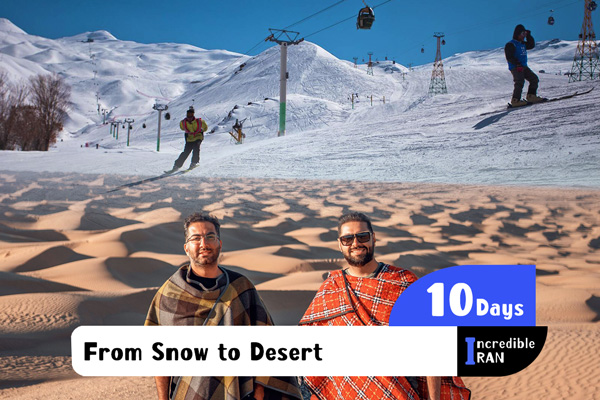
Touring Iran: From Snow to Desert
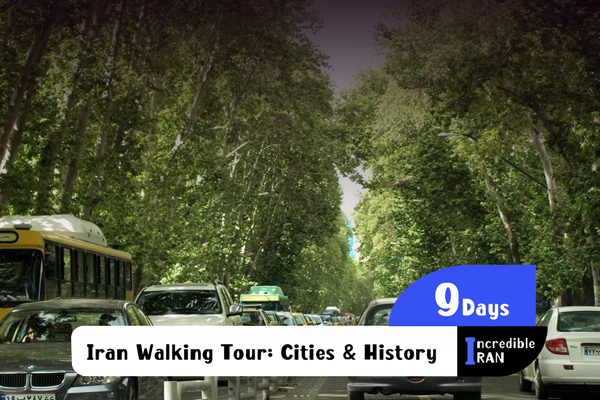
Iran Walking Tour: Cities & History
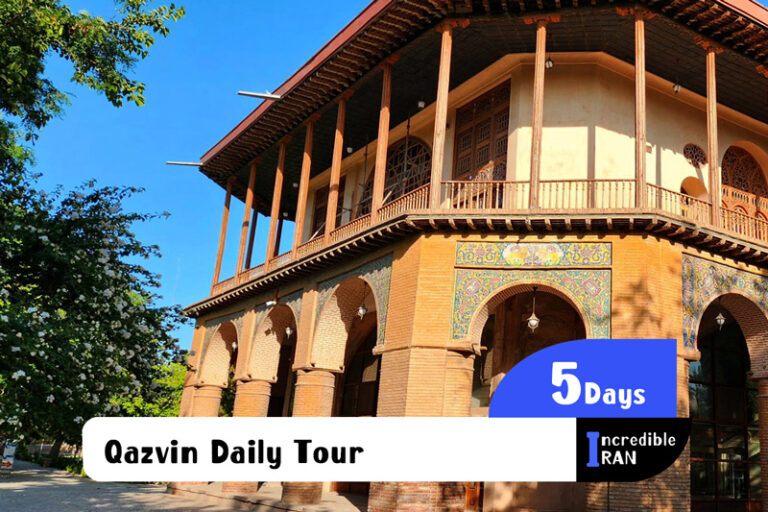
Qazvin Daily Tour
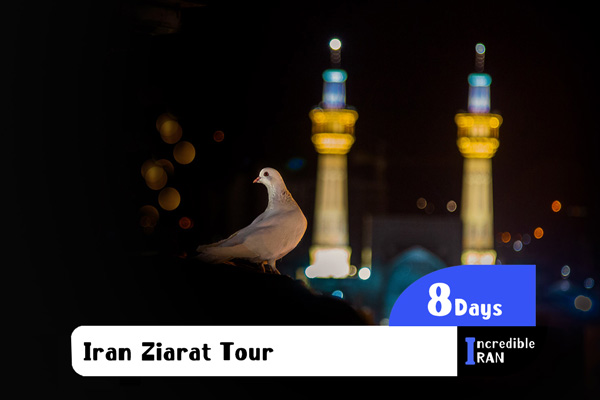
Iran Ziarat Tour
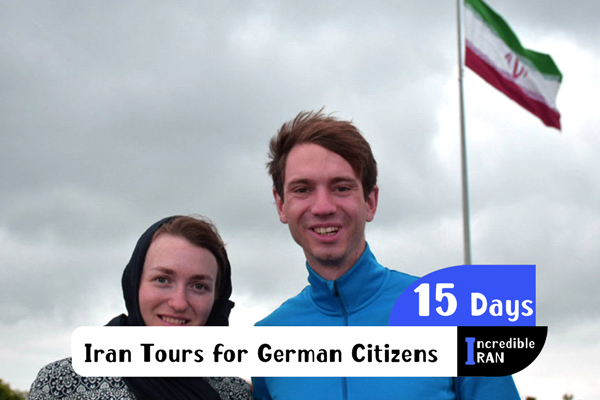
Iran Tours for German Citizens
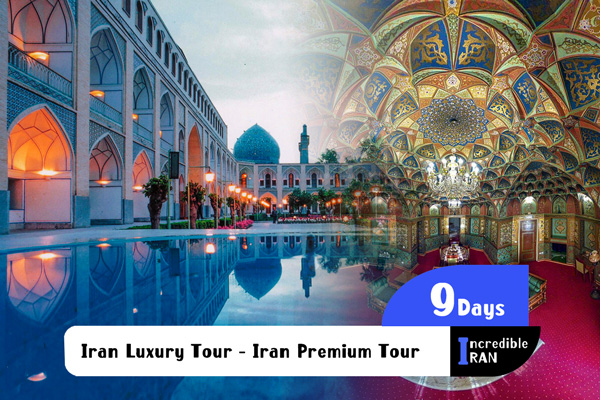
Iran Luxury Tour – Iran Premium Tour
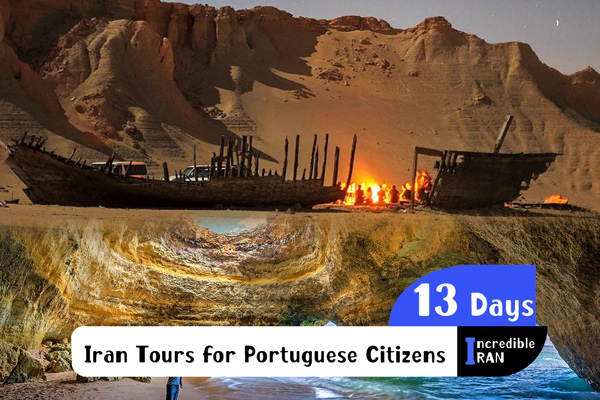
Iran Tours for Portuguese Citizens

- PHOTOGRAPHY
Iran’s Tarnished Gem
Lake Urmia was once a haven for birds and bathers. Now, its piers lead nowhere. What happened?
Revered by ethnic Azeris as “the turquoise solitaire of Azerbaijan,” Lake Urmia was second only to the Caspian Sea as the largest saltwater lake in the Middle East, a haven for birds and bathers. Since the early 1970s nature and humanity have chipped away at this gem tucked in northwestern Iran, reducing its size by about 80 percent over the past 30 years. The flamingos that feasted on brine shrimp in this UNESCO biosphere reserve are mostly gone. So are the pelicans, the egrets, and the ducks. Even the tourists who flocked to Lake Urmia for therapeutic baths in its warm, hypersaline waters are staying away.
What remain are piers that lead nowhere, the rusting carcasses of ships half-buried in the silt, and white, barren landscapes of exposed salt flats. Winds that whip across the lake bed blow salt dust to farm fields, slowly rendering the soil infertile. Noxious, salt-tinged dust storms inflame the eyes, skin, and lungs of people as far away as Tabriz, a city of more than 1.5 million about 60 miles away. And in recent years Urmia’s alluring turquoise waters were stained blood-red from algae and bacteria that flourish in these waters, which are eight times as salty as the ocean, and then turn color when sunlight penetrates the shallows.

What’s happened to this cherished lake? Climate change has intensified droughts and elevated hot summer temperatures that speed up evaporation, scientists say. Yet that’s only part of the story: Engineers and water experts point out that the lake in this semiarid region is suffering from thousands of illegal wells and a proliferation of dams and irrigation projects that are diverting water from tributary rivers to grow apples, wheat, and sunflowers. The experts have called on Iran’s government to change course before Urmia “falls victim to the Aral Sea syndrome,” the overexploitation of water that doomed its sister inland sea in Central Asia.
The voice of science seems to have reached Tehran. Iranian President Hassan Rouhani has pledged to spend five billion dollars to revive Urmia by releasing more water from dams, improving the efficiency of irrigation systems, and switching to less thirsty crops. Yet some promised funding appears to have dried up too, thwarting progress and bringing petitions to Iran's supreme leader, Ayatollah Ali Khamenei, to renew efforts or to seek international assistance. The United Nations Development Programme is working with farmers on more sustainable practices to save water. Although U.S.-Iran relations have been strained for decades, the countries have permitted scientific exchanges to brainstorm on how to replenish the diminishing waters of Lake Urmia and Utah’s Great Salt Lake—which are close in size and configuration.

At a meeting in 2016 sponsored by the National Academies of Sciences, Engineering, and Medicine in Irvine, California, U.S. and Iranian scientists shared strikingly similar stories about how Iran and the western United States have struggled with multiyear droughts and the demands of their growing populations and agriculture. It’s easy for public officials to shy away from responsibility by blaming a changing climate or the whims of weather. University of California, Irvine, engineering professor Amir AghaKouchak, who was born and educated in Iran before immigrating to California, said both regions have suffered extensive droughts in the past. The difference comes when human demands exceed available, renewable water. “If the same drought occurs in the future,” he said, “it will have even more severe impacts.”
Related Topics
- CLIMATE CHANGE
You May Also Like

Your favorite foods may not taste the same in the future. Here's why.
What a shrinking sea might teach us on life after environmental disaster

Climate change is hitting the heart of Cajun country—through its crawfish

Wildfires are making their way east—where they could be much deadlier

When a people's stories are at risk, who steps in to save them?
- Environment
- Paid Content
- Photography
History & Culture
- History & Culture
- History Magazine
- Mind, Body, Wonder
- Terms of Use
- Privacy Policy
- Your US State Privacy Rights
- Children's Online Privacy Policy
- Interest-Based Ads
- About Nielsen Measurement
- Do Not Sell or Share My Personal Information
- Nat Geo Home
- Attend a Live Event
- Book a Trip
- Inspire Your Kids
- Shop Nat Geo
- Visit the D.C. Museum
- Learn About Our Impact
- Support Our Mission
- Advertise With Us
- Customer Service
- Renew Subscription
- Manage Your Subscription
- Work at Nat Geo
- Sign Up for Our Newsletters
- Contribute to Protect the Planet
Copyright © 1996-2015 National Geographic Society Copyright © 2015-2024 National Geographic Partners, LLC. All rights reserved
- Destination Iran Tours
- Iran Highlights Tour (6/7/8 Days)
- Iran Classical Tour (8/9/10 Days)
- Iran In-Depth Tour (12/13/14 Days)
- Iran Silk Road Tour (12/13/14 Days)
- Iran Skiing Tour (5 days)
- Join a Small Group Tour
- Iran Tour Operators
- Tour Services
- Iran Travel Card
- Iran Visa Services
- Iran Hotel Booking
- Iran Travel Information
- Iran Travel Advice
- Iran Travel Testimonials
- Iran Travel Newsletter
- Iranian Embassies & Consulates
- Iran Travel Blog
- Iranian Music
- Arts and Crafts
- Medicinal Herbs
- Attractions
- Responsible Tourism Articles
- Responsible Tourism Charter
- Tangible Cultural Heritage
- Intangible Cultural Heritage
- Iran Biosphere Reserves
- Eavar Travel Agency
- Chapar Gasht Parseh Travel Agency
- World Tourism Services
- Other Services & Products

Popular Topics
- Zoroastrians
- Zand Dynasty
- Zagros Mountains
- Yalda Night
- World Traveler
- Women Traveling Alone
- Windcatchers
Popular View All
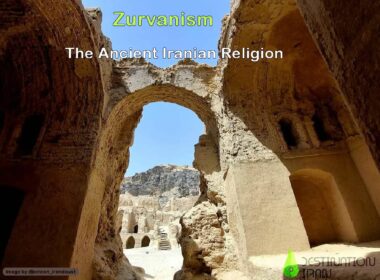
Zurvanism, the Ancient Iranian Religion
Zurvanism is an ancient Iranian religion derived from Zoroastrianism beliefs
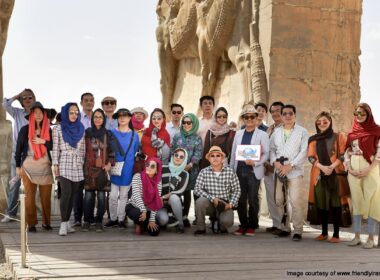
Benefits of a Group Tours in an Unknown Destination
Traveling is one of the best ways to make long-lasting friendships, especially

Benefits of a Guided Tour in an Unknown Destination
Traveling during holidays can offer new experiences and broaden your horizons
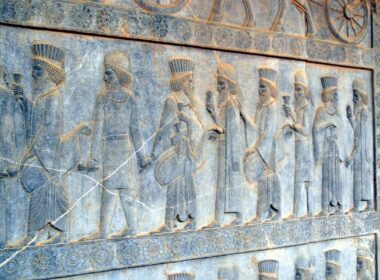
Medes Empire Ethnicity Combination
The Median Empire was founded through the unity of a series of tribes and
- Tourist Attractions
Lake Urmia Biosphere Reserve of Iran inscribed in UNESCO
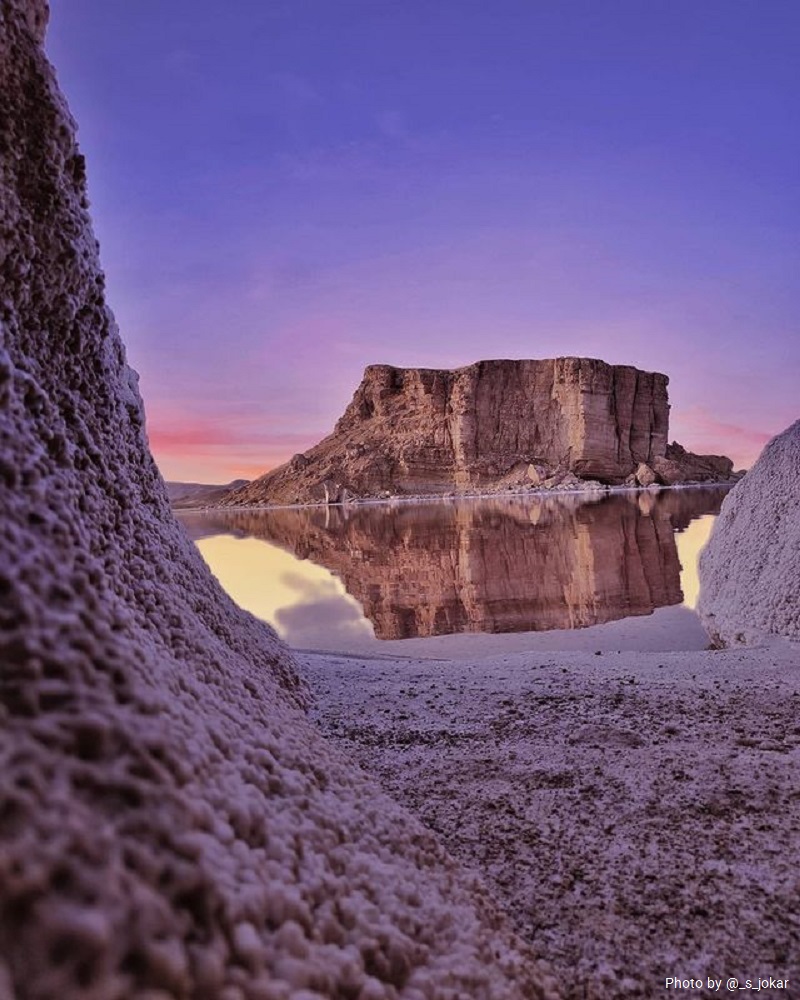
The name of Urmia Biosphere Reserve comes from the name of a lake located in the northwest of Iran. UNESCO has inscribed this natural attraction in its list of the Iranian biosphere reserves . According to the provincial divisions of Iran, the lake is located between West Azerbaijan and East Azerbaijan provinces. It is close to the city of Urmia .
Lake Urmia is the largest inland lake in Iran. The area of the lake was about 6,000 square kilometers in 1998. So it ranks the 25th in the world in terms of area. Lake Urmia Biosphere Reserve is the largest saltwater lake in the Middle East, and the 6th largest saltwater lake in the world.
Investigating the fluctuations of the water level of the lakes has become particularly important in recent years due to the importance, nature and position of these water bodies. The water in this lake is very salty. Zarineh Rood, Simineh Rood, Talkheh Rood, Gadar, Baranduz, Shahrchay, Nazlou and Zola rivers supply the water of Lake Urmia.
Historical Background of Lake Urmia Biosphere Reserve
Today, the name of this lake is Lake Urmia, extracted from the name of Urmia City, the capital of West Azerbaijan Province. In the 1930s, during the reign of Reza Shah, the name of this lake was “Rezaeieh” in Reza Shah’s honor. After the 1979 Revolution in Iran, the lake regained its former name, Lake Urmia.
In the Turkish language, this lake is called Urmu Gulu. Also in ancient Persian language, the name of this lake was Chichast meaning glowing. In the middle ages, the name of this lake was “Kabuda” (Kabdan).
We can find one of the earliest references to Lake Urmia Biosphere Reserve in an inscription of the 9th century BC (858- 824 BC). This inscription refers to two names at Lake Urmia. Also Persua (means Iranians or Persians) and Matai (or Mitani) are other names attributed to this body of water. It is not yet clear whether these names refer to the region, tribe or the link between a group of people’s names and the kings.
Lake Urmia Biosphere Reserve has been the center of The Mannaeans Kingdom. The likely territory of the Mannaeans was in Hassanloo Mound in the south of Lake Urmia. For the last five hundred years, Iranians, including Azerbaijanis and Kurdish people, have populated the areas around the lake.
Geographical and Natural Location of Lake Urmia Biosphere Reserve
Lake Urmia is one of the supersaturated salt lakes in the world. Urmia Lake Biosphere Reserve is 140 km long and 15 to 50 km wide and covers an area of 5,000 to 6,000 km2 (according to precipitation and evaporation).
The lake is located in wide low depth subduction with an average depth of 6 meters. However, its deepest point is 13 meters located in the northwest corner. Its surface is 1,300 meters above the international waters level. There are more than 102 islands in the lake that the shape and size correspond to the annual rainfall.
Among these small and large islands, Eslami Peninsula (Royal Peninsula) is the largest and it changes into an island during the years with high rainfall. The water basin area of the lake is about 50,000 km2.
Indicators of Water Basin of Urmia Lake Biosphere Reserve
Lake Urmia Biosphere Reserve is located northwest of the Iranian plateau. The water basin of Lake Urmia is 51,876 km2. That is equivalent to more than 3% of the total area of Iran. 60 rivers assuage the basin, 21 of which are permanent or seasonal, and 39 of them are periodic.
This basin is one of the valuable centers of agriculture and animal husbandry in Iran due to its plains such as Urmia, Tabriz, Azarshahr, Bukan, Bonab, Miandoab, Mahabad, Naqadeh, Salmas, Piranshahr, and Oshnavieh. The large reserve dam of Bukan has played a major role in preserving the lake so far.
The major ions present in Lake Urmia include Na+, K+, Ca2+, Li+, and Mg2+. The concentration of Na+ and Cl− in the Lake Urmia Biosphere Reserve is approximately four times more than that of the international waters. Sodium concentration in the southern part of the lake is slightly higher than in its northern part.
Flora of Lake Urmia Biosphere Reserve
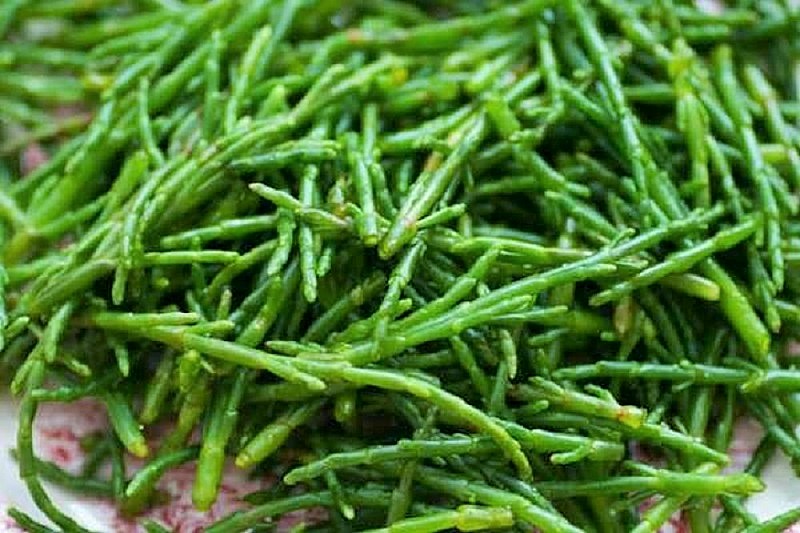
Flora of Lake Urmia ecosystem has two special vegetation types:
- The saltmarsh cover around the lake including a large area of the ecosystem of this biosphere reserve.
- The vegetation of the islands mainly found in Kabudan, Ask, Espir, Arezoo, and Eslami islands. There are 177 plant species and 174 island species identified around the lake. The largest plant family around the lake in this biosphere reserve belongs to Ateraceae family of 33 species, grasses family of 21 species. The largest genus belongs to Euphorbia and the wild fenugreek.
Among the plant families of Urmia Lake biosphere reserve, there are 12 families special and endemic of Iran.
The diversity of tree and shrub species in Ashk Island is denser than the lands around the lake. However, the weeds and salt-tolerant plants (halophytes) are denser around the lake than islands due to the large extent of saline soils.
Fauna of Lake Urmia Biosphere Reserve
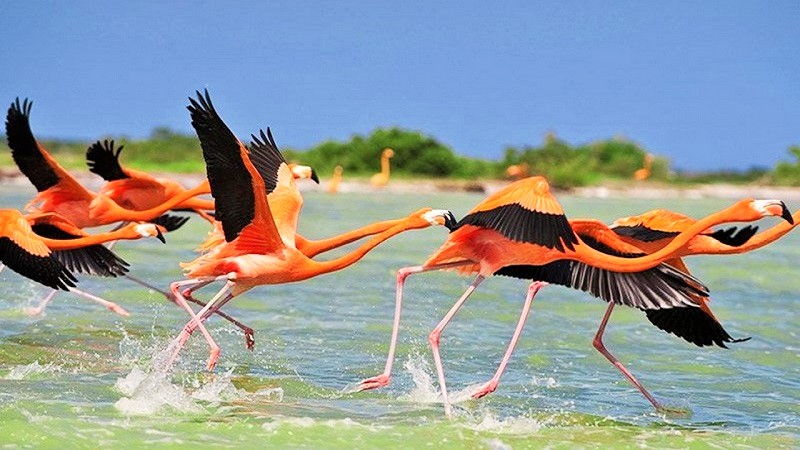
Lake Urmia Biosphere Reserve is the habitat of 62 species of bacteria, 42 species of microscopic fungi, 20 species of algae, 311 species of plants, 5 species of bivalve mollusks (in the rivers of islands), 226 species of birds, 27 species of reptiles and amphibians, and 24 species of mammals.
There are also at least 47 species of fossils found in this area. With more than a hundred small rocky islands, the lake is home to migratory birds, including flamingos, pelicans, spoonbills, ibises, storks, shelducks, avocets, stilts, and Laridae.
Due to the excessive salinity of the lake, no fish live there. However, Lake Urmia is one of the major habitats of Artemia, a genus of aquatic crustaceans. This crustacean is one of the main sources of feeding migratory birds, including flamingos.
Economic Value of Lake Urmia Biosphere Reserve
Exploration studies for salt extraction from Lake Urmia have shown that the total solid sedimentation of the lake reaches more than 5 billion tons. According to estimation, Potassium is about 27 million tons of K2O and about 60 million tons of potassium sulfate, magnesium is about 240 million, bromide is about 28 tons, and lithium is about 250 tons.
Therefore, after processing studies, it is possible to extract the salts of Lake Urmia by constructing solar evaporation ponds and processing plants.
Causes of Drying Up of Lake Urmia Biosphere Reserve
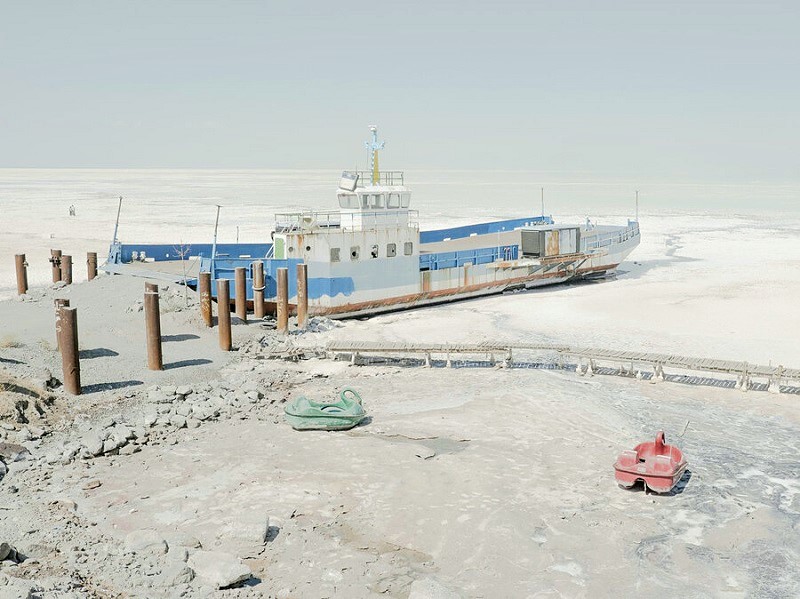
The lake has begun to dry up since 2006. Satellite imagery shows that the lake has lost about 88 percent of its area in 2015. There are many reasons for drying up of Lake Urmia:
• Drought, highway construction on the lake, and excessive use of the water basin of the lake as well as low snowfall and rainfall in recent years
Dangers of Drying Up of Lake Urmia Biosphere Reserve
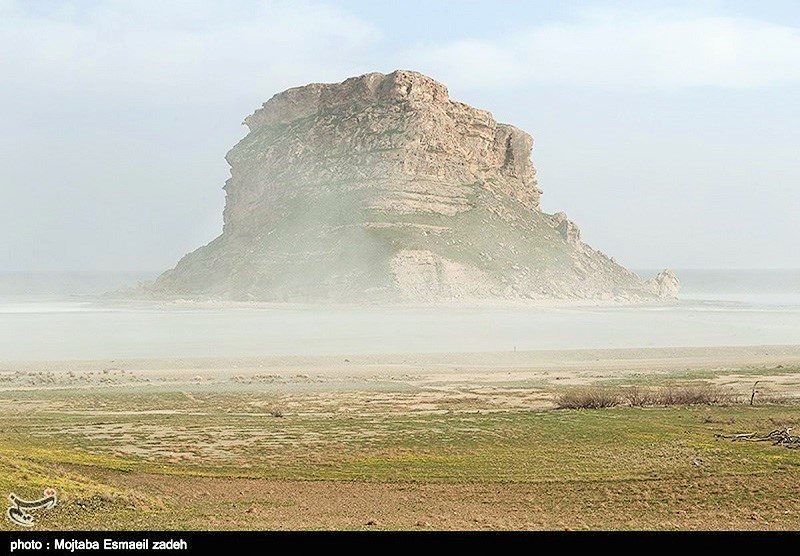
Some environmental experts predict that if the lake dries up, the temperate of the regional climate will change to a tropical climate with salt winds. The environment of the region will also change.
In addition to salt, many contaminants, including heavy toxic metals used in industry and toxic substances used in agriculture, have infiltrated into surface and subsurface waters associated with the lake. If the lake dries up, many of the aerobic toxins will pose the risks to the biomass and the local people.
The danger of drying up Lake Urmia threatens the lake up to its 500 km radius. Experts estimate that if the lake dries up, salt precipitation is expected in many neighboring provinces, leading to the displacement of 13 million people.
Repeated rainfalls restored Lake Urmia in 2019 and increased more than 90 cm in its height level.
Rescue Plans of Lake Urmia Biosphere Reserve
One of the plans to save Lake Urmia from drying up was the transfer of water from other water basins, including the Aras River. The water transfer of this river could have contributed to the filling of Lake Urmia.

Leave a Reply Cancel reply
Your email address will not be published. Required fields are marked *
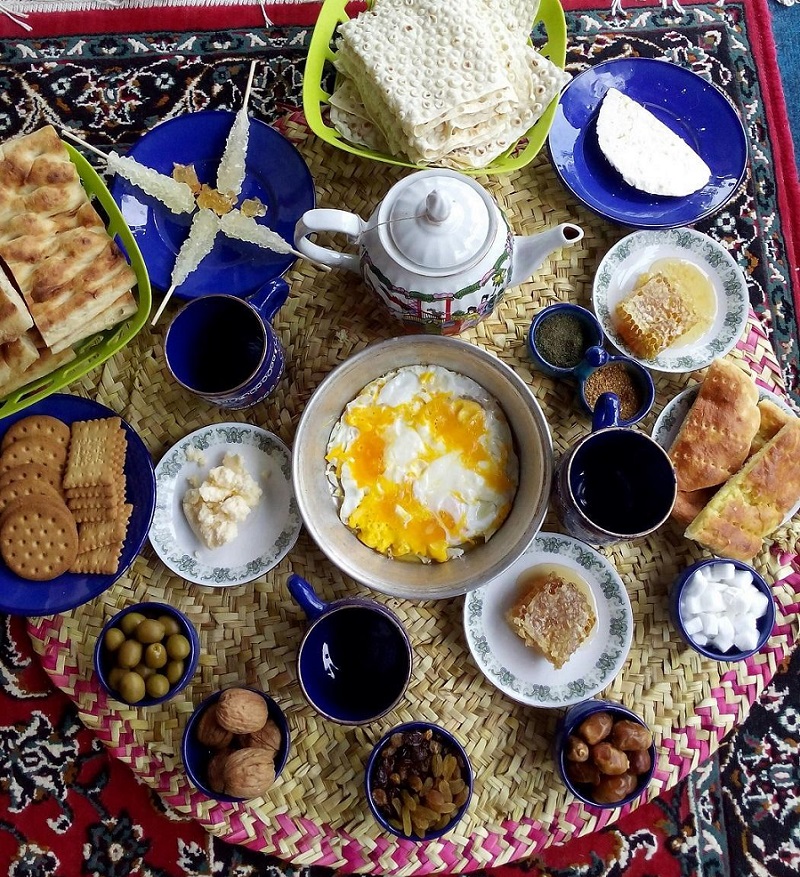
Bed and Breakfast Plan & 3 Important Tips for You
When you order an Iran tour package, there could be three plans to choose from:
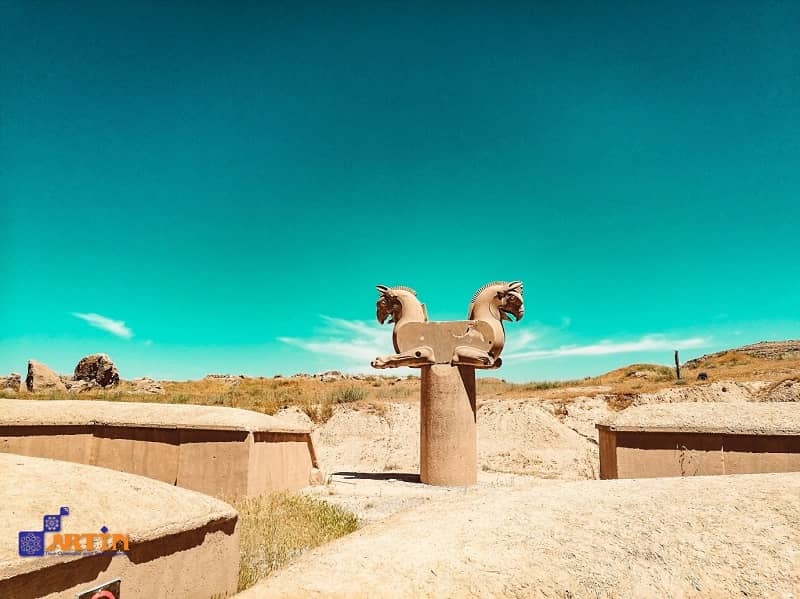
Everything You Need to Travel to Iran: Iran Visa, Iran Tours
Despite having a diverse range of traditional, active, ecological, and
You May Also Like
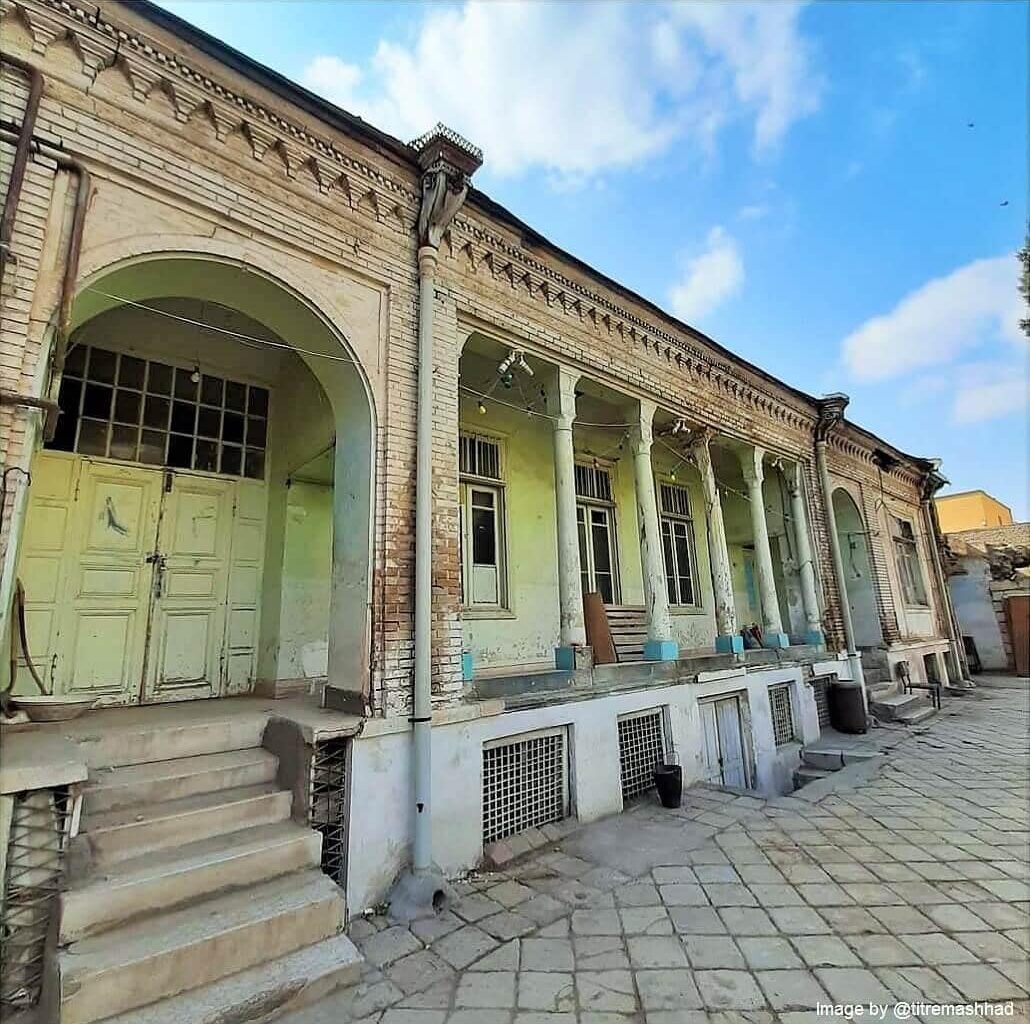
Koozeh Kanani House in Mashhad Showcasing Qajar Architecture
Mashhad is an Iranian metropolis and the second-largest city in the country in
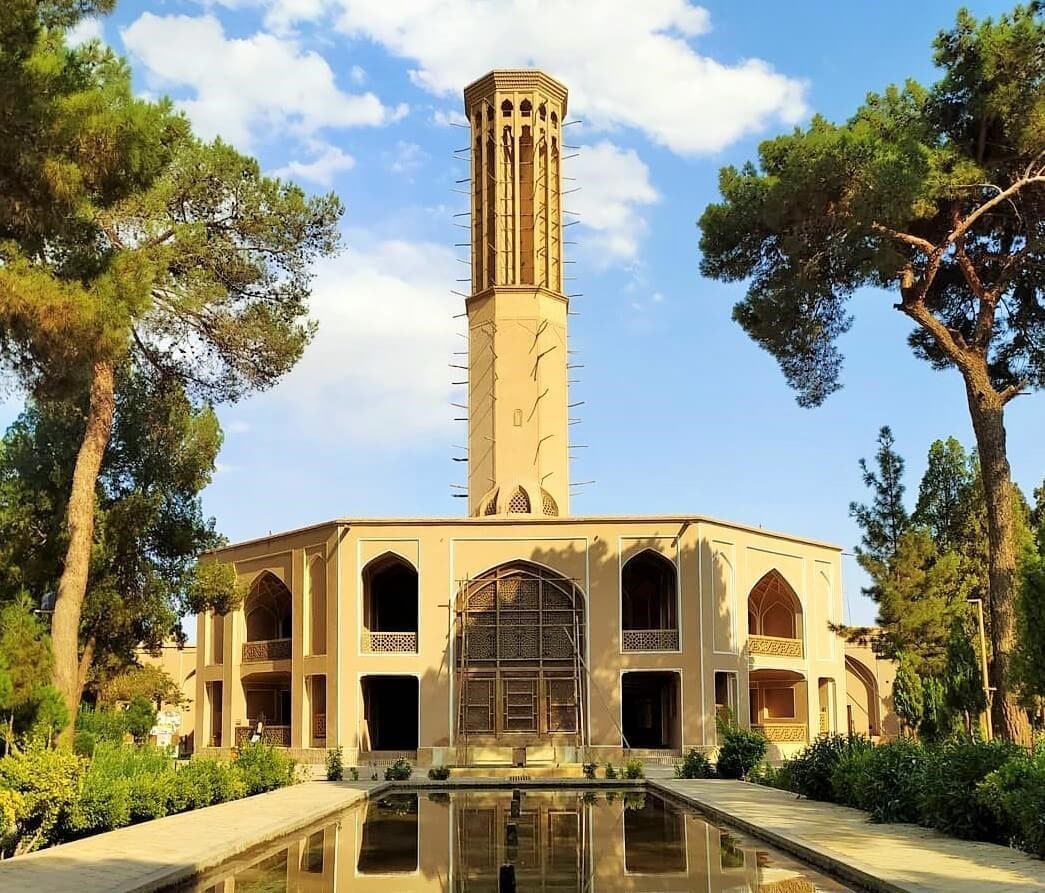
Dowlat Abad Garden in Yazd, a UNESCO Site with Afsharid Architecture
Yazd is one of the desert cities in the center of Iran, considered the first
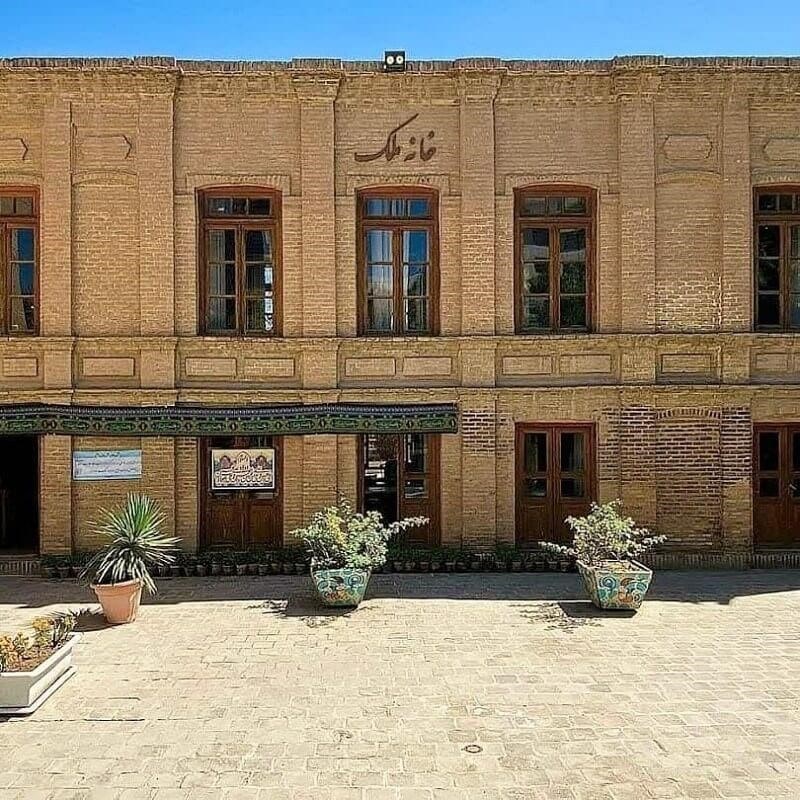
Malek Historical House in Mashhad Featuring Qajar Architecture
Mashhad is one of the largest cities in Iran and the capital of Razavi Khorasan
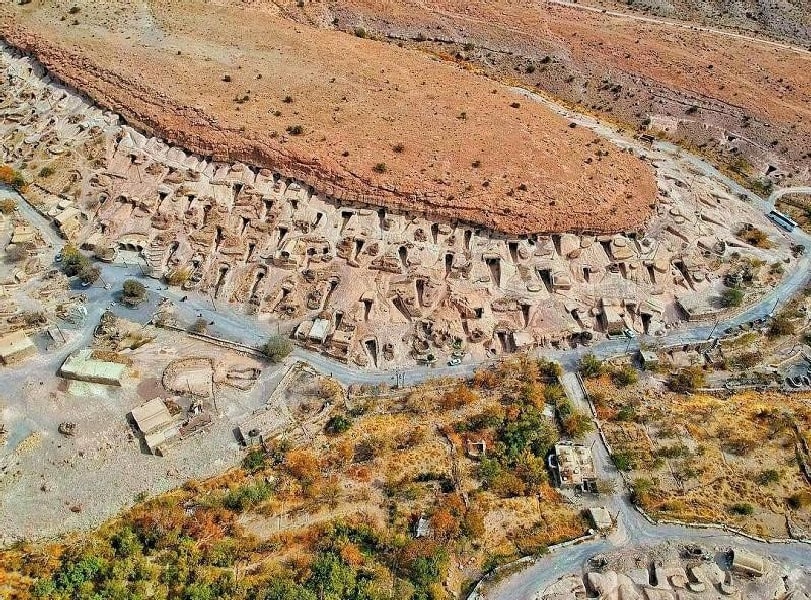
Cultural Landscape of Maymand, UNESCO World Heritage Site in Central Iran
Before introducing the cultural landscape of Maymand village, we should learn
Destination Iran's Sponsors


Urmia (Orumieh) Historical Bazaar
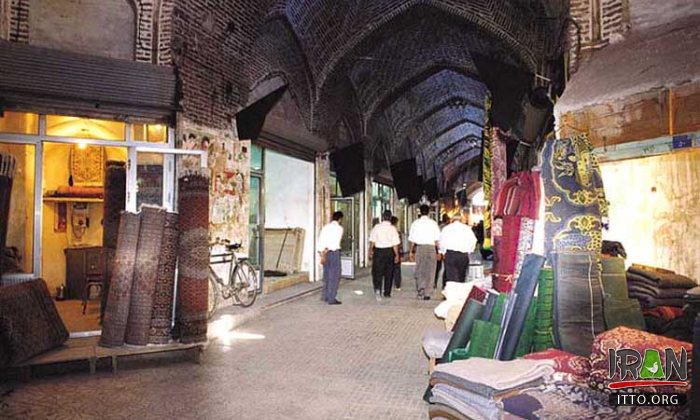

Ecbatana: Unveiling the Ancient Capital’s Rich Historical Legacy
Ecbatana: Exploring an Ancient Capital’s Legacy

Urmia Volleyball: Dominating the Local Scene

Urmia City: The Middle East’s Paris
Urmia City: The Middle East’s Paris Located in Northwestern Iran, Urmia City is a captivating destination that has been dubbed the “Middle East’s Paris”. With its rich history, stunning architecture, and vibrant culture, Urmia City offers a unique experience for travelers seeking a taste of elegance and sophistication. From its charming boulevards to its picturesque gardens, this city is a true gem of the Middle East. Discover the allure of Urmia City and immerse yourself in its enchanting ambiance.
Kerman to facilitate travels to UNESCO-registered Lut Desert Kerman is set to facilitate travels from its main gateway to the
Uramanat home to over 700 ancient sites, estimates suggest
Up to the moment, 120 sites of significant historical values have been discovered within the vast Uramanat cultural landscape…. However,
10 incredible fortresses everyone should visit in Iran
TEHRAN – A bridge between eastern and western parts of the world, Iran is home to countless ancient fortresses which
Fitur 2022: Iran to set up pavilion next to Europeans
“Due to the limited number of halls for the upcoming Fitur exhibition, Iran’s 120-square- meter pavilion has been moved from
Exploring the Effects of Urmia Lake’s Variability on Adjacent Cities and Villages
- Research Article
- Published: 07 June 2024
Cite this article

- Firouz Jafari 1 ,
- Vahid Isazade ORCID: orcid.org/0000-0002-6348-4028 2 ,
- Abdul Baser Qasimi ORCID: orcid.org/0000-0001-9180-831X 3 ,
- Shuisen Chen 4 , 5 &
- Shiva Sattarzadeh ORCID: orcid.org/0000-0002-9216-9326 1
Environmental crises in Iran, including lack of rainfall and drying rivers, wetlands, and lakes, have caused natural and human hazards and vulnerabilities. Meanwhile, the drying of Urmia Lake as a national crisis can significantly create natural and human problems and risks. In this paper, based on annual Landsat satellite images and long-term changes in land cover using the output of the GEE system, we investigate shifts in the water level of Lake Urmia. The effects of its drying on the trend of population changes in surrounding settlements (cities and villages) from 1986 to 2021 indicate that Urmia Lake’s water level is expected to be 1271.39 m in 2021. The lake’s salt area has increased by 465 Km 2 due to its drying trend from 1986 to 2021. The water level estimate for the lake in November 1986 was 1275 m, indicating a 3.7-meter drop in Urmia Lake’s water level. Indeed, from 1995 to 2021, the lake lost approximately 48% of its area and 89% of its volume. It was observed that water reduction has a negative effect on the level of Urmia Lake. Modis imagery -using the Linear Fit algorithm- shows an unbalanced relationship in lake water use between 1986 and 2021. The trend of the water area decreasing in Urmia Lake caused five centers of salt dust in the lake. The dust from the five centers significantly impacted the surrounding settlements (cities and villages). Most of the towns in a county like Tabriz (-3.3%), Azarshahr (-0.7%), and Malekan (-0.6%) have negative population growth instead, in urban areas like Urmia (4.3%), Osku (7%), and Azarshahr (3.4%). Increasing in the population happened. Thus, drying lakes and dust and salt centers have a terrible effect on more than 7 million people in villages and cities and intensified migration from 1986 to 2021.
This is a preview of subscription content, log in via an institution to check access.
Access this article
Price includes VAT (Russian Federation)
Instant access to the full article PDF.
Rent this article via DeepDyve
Institutional subscriptions

Data Availability
The data will be available based on request.
Abbasian, M. S., Najafi, M. R., & Abrishamchi, A. (2021). Increasing risk of meteorological drought in the Urmia Lake basin under climate change: Introducing the precipitation–temperature deciles index. Journal of Hydrology . https://doi.org/10.1016/j.jhydrol.2020.125586 ., 592, Article 125586.
Article Google Scholar
Abdelkader, E., Benali, B., Ismail, D., Mohammed, H., Abdelkader, H., & Abderrahmane, H. (2021). Drought investigation and trend assessment in Macta watershed (Algeria) by SPI and ITA methodology. Arabian Journal of Geosciences , 14 , 1329. https://doi.org/10.1007/s12517-021-07670-7 .
Abuduwaili, J., Gabchenko, M. V., & Junrong, X. (2008). Eolian transport of salts—a case study in the area of Lake Ebinur (Xinjiang, Northwest China). Journal of arid environments , 72 (10), 1843–1852. https://doi.org/10.1016/j.jaridenv.2008.05.006 . Abuduwaili, J., Gabchenko, M., & Junrong, X. (2008). Eolian transport of salts—a casestudy in the area of Lake Ebinur (Xinjiang, Northwest China). Journal of Arid Environments, 72(10), 1843–1852.https//doi.org/10.1016/j.jaridenv.2008.05.006.
Ahmady, H., Agahi, E., Ahmadi, S. J., & Erfanian, M. (2018). Sediment source fingerprinting of the Urmia Lake sand dunes. Scientific Reports , 8 (1), 1–15. https://doi.org/10.1038/s41598-017-18027-0
Al-Hemoud, A., Al-Sudairawi, M., Al-Rashidi, M., Behbehani, W., & Al-Khayat, A. (2019). Temperature inversion and mixing height are critical indicators for air pollution in hot, arid climates. Natural Hazards , 97 (1), 139–155. https://doi.org/10.1007/s11069-019-03631-2 .
Al-Hemoud, A., Al-Dousari, A., Al-Dashti, H., Petrov, P., Al-Saleh, A., Al-Khafaji, S., & Koutrakis, P. (2020). Sand and dust storm trajectories from Iraq mesopotamian food plain to Kuwait. Science of the Total Environment , 710 , 136291. https://doi.org/10.1016/j.scitotenv.2019.136291 .
Article CAS Google Scholar
Ali, D., Yasin, B., Amin, K., Sadeg, S., Nadizadeh, S., & Meysam, A. (2020). Identification of dust sources using long term satellite and climatic data: A case study of Tigris and Euphrates basin. Journal of Atmospheric Environment , 1352-2310 . https://doi.org/10.1016/j.atmosenv.2020.117299 .
Alkhayer, M., Eghbal, M. K., & Hamzehpour, N. (2019). Geomorphic surfaces of eastern Urmia Lake Playa and their influence on dust storms. Journal of Applied Sciences and Environmental Management , 23 No , 8. https://doi.org/10.4314/jasem.v23i8.15 .
Anvari, A., & Valaie, M. (2015). Evaluation of the Effects of water level decline of Urmia Lake in sustainable rural Development: Case study: Central Marhamat Abad rural district, Miandoab County. Bulletin of Environment, Pharmacology and Life Sciences, 4(7), 65–71.
Arami, S. A., Ownegh, M., MohammadianBehbahani, A., Akbari, M., & Zarasvandi, A. (2018). The analysis of dust hazard studies in southwest region of Iran in 22 years (1996–2017). Jsaeh , 5 (1), 39–66. https://doi.org/10.29252/jsaeh.5.1.39 .
Azarnivand, A., Hashemi-Madani, F. S., & Banihabib, M. E. (2015). Extended fuzzy analytic hierarchy process approach in water and environmental management (casestudy: Urmia Lake Basin, Iran). Environmental Earth Sciences , 73 (1), 13–26. https://doi.org/10.1007/s12665-014-3391-6 .
Azizpour, F., Riahi, V., Tagiloo, A. A., & Karimi, K. (2015). Disaster management and rural vulnerability (case study Urmia County). International Journal of Science Research , 6 , 2136–2140.
Google Scholar
Baddock, M. C., Bullard, J. E., & Bryant, R. G. (2009). Dust source identification using MODIS: A comparison of techniques applied to the Lake Eyre Basin, Australia. Remote Sensing , (7), 1511–1528. https://doi.org/10.1016/j.rse.2009.03.002 .
Balkanlou, K. R., Müller, B., Cord, A. F., Panahi, F., Malekian, A., Jafari, M., & Egli, L. (2020). Spatiotemporal dynamics of ecosystem services provision in a degraded ecosystem: A systematic assessment in the Urmia Lake Basin. Iran Sci Total Environ , 716 , 137100. https://doi.org/10.1016/j.scitotenv.2020.137100.Bashirian .
Bian, J., Li, A., Lei, G., Zhang, Z., & Nan, X. (2020). Global high-resolution mountain green cover index mapping based on landsat images and Google Earth Engine. I.S.P.R.S. J. Photogramm. Remote Sens , 162 , 63–76. https://doi.org/10.1016/j.isprsjprs.2020.02.011 .
Boroughani, M., Hashemi, H., Hosseini, S. H., Pourhashemi, S., & Berndtsson, R. (2019). Desiccating Urmia Lake: A new Dust source of Regional Importance. IEEE Geoscience and Remote Sensing Letters , 1545-598X . https://doi.org/10.3390/ijerph17124210 . © 2019 IEEE. Personal use is permitted, but republication/redistribution requires IEEE permission. Http://www.ieee.org/publications_standards/publications/rights/index.html for more information. 5 pp.
Case, H. L. I., Boles, J., Delgado, A., Nguyen, T., Osugi, D., Barnum, D. A., Decker, D., Steinberg, S., Steinberg, S., & Keene, C. (2013). Salton Sea Ecosystem Monitoring and Assessment Plan; Open File Report 2013, 1133; US Geological Survey: Reston, VA, USA, 2013. https://doi.org/10.3133/ofr20131133 .
Chaudhari, S., Felfelani, F., Shin, S., & Pokhrel, Y. (2018). Climate and anthropogenic contributions to the desiccation of the second largest saline lake in the twentieth century. Journal of Hydrology , 560 , 342–353. https://doi.org/10.1016/j.jhydrol.2018.03.034 .
Chen, C. Y., Chen, H. W., Sun, C. T., Chuang, Y. H., Nguyen, K. L. P., & Lin, Y. T. (2021). Impact assessment of river dust on regional air quality through integrated remote sensing and air quality modeling. Science of the Total Environment , 755 , 142621. https://doi.org/10.1016/j.scitotenv.2020.142621 .
Cyrus, D., Schutte, Q., & Vivier, L. (2020). The influence of prolonged drought and anthropogenic impact reversal on fish community structure and ecosystem state cycling of Lake St Lucia, Africa’s largest estuarine lake. African Journal of Aquatic Science , 45 (1–2), 167–182. https://doi.org/10.2989/16085914.2019.1661825 .
Daryani, S. (2019). The eyes of Earth (Urmia Lake). https://visura.co/daryani/stories/lake-urmia-iran-watercrisis . Accessed October 14, 2019.
Dastranj, H., Tavakoli, F., & Soltanpour, A. (2018). Investigating the water level and volume variations of Lake Urmia using satellite images and satellite altimetry. Scientific-Research Quarterly of Geographical Data (SEPEHR) , 27 (107), 149–163.
Dehghanipour, A. H., Zahabiyoun, B., Schoups, G., & Babazadeh, H. A. (2019). Weap-Modflow surface water-groundwater model for the irrigated Miyandoab plain, Urmia lake basin, Iran: Multi-objective calibration and quantification of historical drought impacts. Agric Water Manag , 223 , 105704. https://doi.org/10.1016/j.agwat.2019.105704 .
Delfi, S., Mosaferi, M., Hassanvand, M. S., & Maleki, S. (2019). Investigation of aerosols pollution across the eastern basin of Urmia lake using satellite remote sensing data and HYSPLIT model. Journal of Environmental Health Science and Engineering , 17 , 1107–1120. https://doi.org/10.1007/s40201-019-00425-3 .
Di Falco, S., Smale, M., & Bozzola, M. (2018). Climate, shocks, weather and maize intensification decisions in rural Kenya (pp. 107–128). Agricultural Adaptation to Climate Change in Africa.
Effati, M., Bahrami, H. A., Gohardoust, M., Babaeian, E., & Tuller, M. (2019). Application of satellite remote sensing for estimation of dust emission probability in the Urmia Lake Basin in Iran. Soil Science Society of America Journal , 83 (4), 993–1002. https://doi.org/10.2136/sssaj2019.01.0018 .
Esmaeili, D. L., Negarestan, H., Eimanifar, A., Mohebbi, F., & Ahmadi, R. (2010). The fluctuations of physicochemical factors and phytoplankton populations of Urmia Lake, Iran. Iranian Journal of Fisheries Sciences , 9 (3), 361–381. https://doi.org/10.22092/IJFS.2018.114097
Feizizadeh, B., Kazamei, Garajeh, M., Blaschke, T., & Lakes, T. (2021). A deep learning convolutional neural network algorithm for detecting saline flow sources and mapping the environmental impacts of the Urmia Lake drought in Iran, Catena, 105585. https://doi.org/10.1016/j.catena.2021.105585 .
Ghaheri, M., Baghal-Vayjooee, M. H., & Naziri, J. (1999). Lake Urmia, Iran: A summary review. International Journal of Salt Lake Research , 8 (1), 19–22.
Ghale, Y. A. G., Altunkaynak, A., & Unal, A. (2018). Investigation anthropogenic impactsand climate factors on drying up of Urmia Lake using water budget and droughtanalysis. Water Resources Management , 32 (1), 325–337. https://doi.org/10.1007/s11269-017-1812-5 .
Gholampour, A., Nabizadeh, R., Hassanvand, M. S., Taghipour, H., Nazmara, S., & Mahvi, A. H. (2015). Characterization of saline dust emission resulted from Urmia Lake drying. Journal of Environmental Health Science and Engineering , 13 (1), 1–11. https://doi.org/10.1186/s40201-015-0238-3 .
Golabian, H. (2010). Uremia Lake: Hydro-ecological stabilization and permanence Macro- engineering seawater in unique environments (pp. 365–397). Springer. https://doi.org/10.1007/978-3-642-14779-1_18 .
Gorelick, N., Hancher, M., Dixon, M., Ilyushchenko, S., Thau, D., & Moore, R. (2017). Google Earth Engine: Planetary-scale geospatial analysis for everyone. Remote Sensing of Environment , 202 , 18–27. https://doi.org/10.1016/j.rse.2017.06.031 .
Goudie, A. (2018). Dust storms and ephemeral lakes. Desert , 23 (1), 153–164. http://desert.ut.ac.ir .
Heydari, M., Freund, J., & Boutcher, S. H. (2012). The effect of high-intensity intermittent exercise on body composition of overweight young males. Journal of Obesity , 2012 . https://doi.org/10.1155/2012/480467
Huang, W., Cao, G. A. O. Q. X., Ma, G., Zhang, Z. Y., W.D., & Chao, Q. C. (2016). Effect of urban symbiosis development in China on GHG emissions reduction. Adv Clim Chang Res , 7 , 247–252. https://doi.org/10.1016/j.accre.2016.12.003 .
Hussein, A. (1996). Principles and methods of Regional Planning . Tehran, Payame Noor University.
Iranian national statistics center (2016).
Iranian Water Resources Management (2021). Dams of Urmia Lake basin. wrm.ir/fa/dam/tabular view.
Isazade, V., & Argany, M. (2020). Changes in water surface of aquifers using GRACE satellite data in the Google Earth engine (study area: Urmia Lake watershed, 2002 to 2017). Town and Country Planning , Vol.3, No.1, pp. 193–214, https://doi.org/10.22059/JTCP.2020.304748.670127 .
Isazade, V., Toomanian, A., & Isazade, E. (2021). The Effect of Drought Phenomenon on the Surface of Groundwater Aquifer in Qazvin Plain in Iran. Journal of Geoinformatics & Environmental Research , 2 (02), 103–112. https://doi.org/10.38094/jgier2236 .
Isazade, V., Qasimi, A. B., & Isazade, E. (2022). Environmental dust effect phenomenon on the sustainability of urban areas using remote sensing data in GEE Safety in Extreme Environments , 1–9. https://doi.org/10.1007/s42797-022-00067-z .
Isazade, V., Qasimi, A. B., & Kaplan, G. (2022a). Investigation of the effects of salt dust caused by drying of Lake Urmia on the sustainability of urban environments. Journal Clean WAS (JCleanWAS) , 5 (2), 78–84. https://doi.org/10.26480/jcleanwas.02.2021.78.84 .
Isazade, V., Qasimi, A. B., Parizadi, T., & Isazade, E. (2023). Evaluating land use plans in line with climate change adaptation policies in the Semnan Urban Region. Intercontinental Geoinformation Days , 7 , 271–274.
Isazade, V., Qasimi, A. B., Kafy, A., Dong, A., P., & Mohammadi, M. (2024). Simulation of flood-prone areas using machine learning and GIS techniques in Samangan Province, Afghanistan. Geodesy and Cartography , 50 (1), 20–29. https://doi.org/10.3846/gac.2024.18555 .
Javani, N., Dincer, I., & Naterer, G. F. (2015). Numerical modeling of submodule heat transfer with phase change material for thermal management of electric vehicle battery packs. Journal of Thermal Science and Engineering Applications , 7 (3), 031005. https://doi.org/10.1115/1.4029053 .
Kaviani, R. M. (2011). Geopolitical ratio Environmental Security and Sustainable Development, Study Case of Urmia Lake, Quarterly Journal of studies Strategic, Fourteenth Year, First Issue, No 51, 116–147.
Kazemi, Garajeh, M., Malaky, F., Weng, Q., Feizizadeh, B., Blaschke, T., & Lakes, T. (2021). An automated deep learning convolutional neural network algorithm applied for soil salinity distribution mapping in Urmia Lake, Iran, Science of the total environment, https://doi.org/10.1016/j.scitotenv.2021.146253 .
Kelts, K., & Shahrabi, M. (1986). Holocene sedimentology of hypersaline Lake Urmia, northwestern Iran. Palaeogeography, Palaeoclimatology, Palaeoecology , 54 (1–4), 105–130. https://doi.org/10.1016/0031-0182(86)90120-3 Li, J., Yang, X., Maffei, C., Tooth, S., & Yao, G. (2018). Applying independent component analysis on sentinel-2 imagery to characterize geomorphological responses to an extreme flood event near the non-vegetated Río Colorado Terminus, Salar de Uyuni, Bolivia. Remote Sens. 10, 725. https://doi.org/10.3390/rs10050725.
Khazaei, B., Khatami, S., Alemohammad, S. H., Rashidi, L., Wu, C., Madani, K., Kalantari, Z., Destouni, G., & Aghakouchak, A. (2019). Climatic or regionally induced by humans? Tracing hydro-climatic and land-use changes to better understand the Lake Urmia tragedy. Journal of Hydrology , 569 , 203–217. https://doi.org/10.1016/j.jhydrol.2018.12.004 .
Lee, J. S. (2018). The environmental costs of Asian dust damages in Korea: Applying a choice experiment. Environmental Economics and Policy Studies , 20 (3), 641–654. https://doi.org/10.1007/s10018-017-0209-2 .
Maleki, S., Soffianian, S. S., Koupaei, S., & Saatchi, S. (2018). Wetland restoration prioritizing, a tool to reduce negative effects of drought; an application of multicriteria-spatial decision support system (MC-SDSS). Ecological Engineering , 112 , 132–139. https://doi.org/10.1007/s13157-019-01165-8 .
Matthias, S., Robert, G., Sebastian, T., & GeoJournal (2020). https://doi.org/10.1007/s10708-020-10180-w .
Micklin, P. (2016). The future Aral Sea: Hope and despair. Environmental Earth Sciences , 75 , 844. https://doi.org/10.1007/s12665-016-5614-5 .
Mischke, S., Liu, C., Zhang, J., Zhang, C., Zhang, H., Jiao, P., & Plessen, B. (2017). The world’s earliest aral-sea type disaster: The decline of the Loulan Kingdom in the Tarim Basin. Scientific Reports , 7 , 1–8. https://doi.org/10.1038/srep43102 .
Moghim, S., & Ramezanpoor, S. (2019). Characterization of aerosol types over Lake Urmia Basin. E3S Web of Conferences 99, CADUC 2019, 01006. https://doi.org/10.1051/e3sconf/20199901006 .
Naboureh, A., Ebrahimy, H., Azadbakht, M., Bian, J., & Amani, M. (2020b). RUESVMs: An Ensemble Method to Handle the Class Imbalance Problem in Land Cover Mapping Using Google Earth Engine. Remote Sens , 12 , 3484. https://doi.org/10.3390/rs12213484 .
Namdari, S., & Valizadeh Kamran, K. (2020). Temporal-spatial analysis of aerosols trend in the zone of influence Urmia aerosols by processing of satellite imageries in 2000–2015 (case study: East Azerbaijan and West Azerbaijan). Journal of Geograohy & Planning , 24 (72), 427–446.
Oscar, K., Cosmo, N., Levis, E., Maurice, M., & Clement, B. (2021). Spatio-temporal analysis of droughts in the Lake Chilwa Basin, Malawi. Journal of Theoretical and Applied Climatology , 144 , 1219–1231. https://doi.org/10.1007/s00704-021-03586-0 .
Qasimi, A., Isazade, V., Kaplan, G., & Nadry, Z. (2023). Spatiotemporal and multi-sensor analysis of surface temperature, NDVI, and precipitation using Google earth engine cloud computing platform /. Russian Journal of Earth Sciences , 1–12. https://doi.org/10.2205/2022ES000812 . no. 6.
Qasimi, A. B., Isazade, V., & Berndtsson, R. (2023b). Flood susceptibility prediction using MaxEnt and frequency ratio modeling for Kokcha River in Afghanistan. Natural Hazards , 1–28. https://doi.org/10.1007/s11069-023-06232-2 .
Qasimi, A. B., Isazade, V., Enayat, E., Nadry, Z., & Majidi, A. H. (2023c). Landslide susceptibility mapping in Badakhshan Province, Afghanistan: A comparative study of machine learning algorithms. Geocarto International , 38 (1), 2248082. https://doi.org/10.1080/10106049.2023.2248082 .
Rahimi, F., Movahedi, D., S., & Zakerinejad, R. (2020). Water level instability analysis of Urmia Lake Basin in the northwest of Iran. Arabian Journal of Geosciences , 13 (4), 1–14. https://doi.org/10.1007/s12517-020-5207-1 .
Rahmati, M., Silva, E. A., Reseland, J. E., Heyward, C. A., & Haugen, H. J. (2020). Biological responses to physicochemical properties of biomaterial surface. Chemical Society Reviews , 49 (15), 5178–5224. https://doi.org/10.1039/D0CS00103A
Ricardo, Z., Jorge, M. C., Wilber, L., Juan, S., & Mercy, I. (2021). Comparative Analysis of Climate Change Impacts on Meteorological, Hydrological, and Agricultural droughts in the Lake Titicaca Basin. Journal of Water , 13 , 175. https://doi.org/10.3390/w13020175 .
Rosa, L., Reimer, J. A., Went, M. S., et al. (2020). Hydrological limits to carbon capture and storage. Nature Sustainability , 3 , 658–666. https://doi.org/10.1038/s41893-020-0532-7
Rössner, S. (1998). Childhood obesity and adulthood consequences. Acta paediatrica , 87 (1), 1–5. https://doi.org/10.1111/j.1651-2227.1998.tb01375.x .
Roy, I. (2018). Role of natural factors on recent climate change underestimated, research shows . Science Daily, University of Exeter.
Sabbagh-Yazdi, S., Ghelichkhany, L., & Kalhor, K. (2020). Numerical investigation of the effects of causeway opening configurations on horizontal currents of Lake Urmia. International Journal of Environmental Science and Technology , 17 , 1885–1898. https://doi.org/10.1007/s13762-019-02599-7 .
Sada)2013(. Summary of approved studies and strategies for the restoration of Urmia Lake, Urmia Lake Restoration Headquarters (SADA), Tehran. ( http://ulrp.sharif.ir ).
Samadi, M. T., Khorsandi, H., Asl, F. B., Poorolajal, J., & Tayebinia, H. (2019). Long-term exposures to Hypersaline particles associated with increased levels of Homocysteineand white blood cells: A case study among the village inhabitants around the semi-dried Lake Urmia. Ecotoxicology and Environmental Safety , 169 , 631–639. https://doi.org/10.1016/j.ecoenv.2018.11.074 .
Schmidt, M., Gonda, R., & Transiskus, S. (2020). Environmental degradation at LakeUrmia (Iran): Exploring the causes and their impacts on rural livelihoods (pp. 1–15). GeoJournal. https://doi.org/10.1007/s10708-020-10180-w .
Schulz, S., Darehshouri, S., Hassanzadeh, E., Tajrishy, M., & Schüth, C. (2020). Climate change or irrigated agriculture–what drives the water level decline of Lake Urmia? Scientific Reports , 10 , 1–10. https://doi.org/10.1038/s41598-019-57150-y .
Sima, S., Rosenberg, D. E., Wurtsbaugh, W. A., Null, S. E., & Kettenring, K. M. (2021). Managing Urmia Lake, Iran for diverse restoration objectives: Moving beyond a uniform target lake level. J Hydrol Reg Stud , 35 , 100812. https://doi.org/10.1016/j.ejrh.2021.100812 .
Stone, R. (2015). Saving Iran’s Great Salt Lake. Science , 349 , 1044–1047.
Tang, L., Duan, X., Kong, F., Zhang, F., Zheng, Y., Li, Z., Mei, Y., Zhao, Y., & Hu, S. (2018). Influences of climate change on area variation of Qinghai Lake on QinghaiTibetan Plateau since 1980s. Scientific Reports , 8 , 1–7. https://doi.org/10.1038/s41598-018-25683-3 .
Taravat, A., Rajaei, M., Emadodin, I., Hasheminejad, H., Mousavian, R., & Biniyaz, E. (2016). A spaceborne multisensory, multitemporal approach to monitor water level and storage variations of lakes. Water , 8 (11), 478. https://doi.org/10.3390/w8110478 .
Toulouse, J. (1998). Hydrogeochemistry of Urmia Lake. In The first oceanology conference of Iran (pp. 20-23).
Tulbure, M. G., & Broich, M. (2013). I.S.P.R.S. J. Photogramm. Remote Sens , 79 , 44–52. Spatiotemporal dynamic of surface water bodies using Landsat time-series data from 1999 to 2011.
Urmia Lake Restoration National Committee. (2015). Necessity of Lake Urmia Resuscitation, Causes of Drought and threats; Report No: ULRP-6-4-3-Rep 1; Urmia Lake Restoration National Committee . Tehran, Iran.
Wang, J., Song, C., Reager, J. T., Yao, F., Famiglietti, J. S., Sheng, Y., MacDonald, G. M., Brun, F., Schmied, H. M., Marston, R. A., & Wada, Y. (2018b). Recent global decline in endorheic basin water storages. Nature Geoscience , 11 , 926–932. https://doi.org/10.1038/s41561-018-0265-7 .
Weilin, L., Shengnan, Z., Yipeng, H., Yifan, W., Bin, W., & Lina, L. (2020). Spatiotemporal variations of Drought and their teleconnections with large-scale climate indices over the Poyang Lake Basin, China. 12, 3526, https://doi.org/10.3390/su12093526 .
Whish-Wilson, P. (2002). The Aral Sea environmental health crisis. Journal of Rural and Remote Environmental Health , 1 (2), 29–34.
Wurtsbaugh, W. A., Miller, C., Null, S. E., DeRose, R. J., Wilcock, P., Hahnenberger, M., Howe, F., & Moore, J. (2017). Decline of the world’s saline lakes. Nature Geoscience , 10 , 816–821. https://doi.org/10.1038/ngeo3052
Yan, L., & Zheng, M. (2015). The response of lake variations to climate change in the past forty years: A case study of the northeastern tibetan Plateau and adjacent areas, China. Quat Int , 371 , 31–48. https://doi.org/10.1016/j.quaint.2014.12.057 .
Yimer, M., & Asnake, Y. (2021). Analysis of meteorological droughts in the Lake’s region of Ethiopian Rift Valley using reconnaissance drought index (RDI). Journal of Geoenvironmental Disasters , 8 , 13. https://doi.org/10.1186/s40677-021-00183-1 .
Yunliang, Y., Shun, Y., Baoquan, J., & Lijun, C. (1996). A preliminary study on the Relationship Betveen the Environmental Evolution and the human activity in the Aibi Lake Area. Chinese Journal of Ecology , 15 (6), 43–49.
Zarghami, M. (2011). Effective watershed management; case study of Urmia Lake, Iran. Lake and Reservoir Management , 27 (1), 87–94. https://doi.org/10.1080/07438141.2010.541327 .
Zhu, Z. (2017). Change detection using landsat time series: A review of frequencies, pre-processing, algorithms, and applications. ISPRS J Photogrammetry Remote Sens , 130 , 370–384. https://doi.org/10.1016/j.isprsjprs.2017.06.013 .
Download references
Acknowledgements
We the authors, thank the referees for reviewing the paper.
Not applicable.
Author information
Authors and affiliations.
Department of Geography and Urban Planning, Faculty of Planning and Environmental Science, University of Tabriz, Tabriz, Iran
Firouz Jafari & Shiva Sattarzadeh
Department of Geographical Sciences, Kharazmi University, Tehran, Iran
Vahid Isazade
Department of Geography, Faculty of Education, Samangan University, Aybak, Samangan, Afghanistan
Abdul Baser Qasimi
Key Lab of Guangdong for Utilization of Remote Sensing and Geographical Information System, Guangzhou, China
Shuisen Chen
Guangdong Open Laboratory of Geospatial Information Technology and Application, Research Center of Guangdong for Engineering Technology Application of Remote Sensing Big Data, Guangzhou Institute of Geography, Guangdong Academy of Sciences, Guangzhou, 510070, China
You can also search for this author in PubMed Google Scholar
Contributions
Firouz Jafari led the conceptualization and design, with a focus on the analysis of Landsat images. While Abdul Baser Qasimi interpreted impacts on population changes. Vahid Isazade contributed significantly to data processing and analysis, Shuisen Chen employed Modis imagery for water use analysis, and Shiva Sattarzadeh coordinated efforts, ensuring a cohesive synthesis of findings.
Corresponding author
Correspondence to Firouz Jafari .
Ethics declarations
Conflict of interest.
The authors declare no conflict of interest.
Additional information
Publisher’s note.
Springer Nature remains neutral with regard to jurisdictional claims in published maps and institutional affiliations.
About this article
Jafari, F., Isazade, V., Qasimi, A.B. et al. Exploring the Effects of Urmia Lake’s Variability on Adjacent Cities and Villages. J Indian Soc Remote Sens (2024). https://doi.org/10.1007/s12524-024-01886-2
Download citation
Received : 03 May 2023
Accepted : 12 April 2024
Published : 07 June 2024
DOI : https://doi.org/10.1007/s12524-024-01886-2
Share this article
Anyone you share the following link with will be able to read this content:
Sorry, a shareable link is not currently available for this article.
Provided by the Springer Nature SharedIt content-sharing initiative
- Landsat image
- Google earth engine
- Cities and villages settlements
- Urmia lake basin
- Find a journal
- Publish with us
- Track your research

IMAGES
VIDEO
COMMENTS
Urmia metropolitan is the tenth most populous city in Iran and the second most populous city in the northwestern region of Iran. The city has been one of the trade centers of the region since the past due to its convenient location on the path connecting to some main regions. In fact, Urmia has been on the trade routes as customs for export and ...
Explore Urmia and its attractions with the Urmia Travel Guide. Discover its cultural sites and plan an enchanting journey. Sunday, April 14 2024 . Facebook; X; LinkedIn; YouTube; Instagram; ... Destinations Iran Tourism Urmia Urmia Travel Guide Unlock Urmia's Treasures with This Concise Travel Guide. SURFIRAN Editorial Team February 5, 2024 ...
Urmia (Persian: ارومیه; pronounced ⓘ) is the largest city in West Azerbaijan Province of Iran.In the Central District of Urmia County, it is capital of the province, the county, and the district.. The city lies at an altitude of 1,330 metres (4,360 ft) above sea level along the Shahar River on the Urmia Plain. Lake Urmia, one of the world's largest salt lakes, lies to the east of the ...
As an Iran tour and travel agency, we invite you to check out our Iran travel packages: >> Iran Tours 2020 & 2021 (Click Here) #1 Geographical facts about Lake Urmia. Geographical facts about Lake Urmia : Located on the border of East and West Azerbaijan Provinces of Northwestern Iran, Lake Urmia is Iran's largest lake and the world's 2 nd largest salt lake.
Lake Urmia: Iran's blue jewel in danger Lake Urmia, the blue gem of Iran and the largest internal lake of our country, is located in the northwest of Iran and between the two provinces of West Azerbaijan and East Azerbaijan. ... as well as an attractive destination for tourism. A turbulent history: Lake Urmia is about eight million years old ...
Things to Do in Urmia, Iran: See Tripadvisor's 192 traveler reviews and photos of Urmia tourist attractions. Find what to do today, this weekend, or in June. ... Church of the Marzazgiz, who, if officials, especially the Directorate General of Cultural Heritage, Handicrafts and Tourism of the Azerbaijani Republic do not stop this encroachment ...
This city is 3000 years old. There are several Urmia tourist attractions in both historical and natural realms: Urmia Lake, Shahrchay Dam Lake, Marmisho Lake, Shomalkan Waterfall, Soluk Waterfall are some of the natural attractions of Urmia. Urmia Friday Mosque, General House, Ansari House, Urmia Municipality, and Urmia Bazaar are the historic ...
This lake is located between the provinces of East and West Azerbaijan in Iran, and west of the southern portion of the Caspian Sea. In an inscription related to the ninth century BC in Shalmanser III (reign between 858-824 BC) two names are mentioned in the place of Lake Urmia: Persawa (meaning Persians or Persians) and Matai (or Mitans).
Urmia is the capital of West Azerbaijan Province and is located along the Shahar River on the Urmia Plain. Lake Urmia, one of the world's largest salt lakes, lies to the east of the city, and the mountainous Turkish border area lies to the west. ... (Iranian Tours) Travel Co. was authorized by Iran Cultural Heritage, Handicrafts and Tourism ...
Lake Urmia, the largest salt lake in Iran, is known for its hypersaline nature, healing properties, and lively pink flamingos during migration seasons. The lake's breathtaking beauty with its ever-changing colors and serene landscapes, makes it a sought-after destination for nature enthusiasts and photographers.
Aji Chay, a river that is barely visible in this 2019 photograph, passes underneath a historic bridge in Tabriz, Iran, and flows into Lake Urmia. Droughts have slowed its flow to a trickle.
Urmia Tourism: Tripadvisor has 183 reviews of Urmia Hotels, Attractions, and Restaurants making it your best Urmia resource.
Explore Urmia. Watch The Wanderer. Follow Cam Mackintosh in the guise of The Wanderer, as he dives into the fascinating emirate of Abu Dhabi. Explore each step of his travel guide among deserts' hidden gems. Follow along on his epic journey. Stream now.
The name Urmia consists of the Assyrian words 'Ur' meaning 'city' and 'Mia' meaning 'water,' winning it the nickname 'city of water.' During the Pahlavi era (1925-1979), Reza Shah (1878-1944) changed the city's name to Rezaieh but its name was changed back to Urmia after the 1979 Islamic Revolution in Iran.
Urmia, a city in northwestern Iran, offers a mix of cultural heritage, historical sites, and stunning natural landscapes. This itinerary offers a blend of cultural, historical, and natural explorations, making your stay in Urmia a well-rounded and memorable experience. Here's a detailed 4-day itinerary to explore Urmia and its surroundings:
Revered by ethnic Azeris as "the turquoise solitaire of Azerbaijan," Lake Urmia was second only to the Caspian Sea as the largest saltwater lake in the Middle East, a haven for birds and ...
The name of Urmia Biosphere Reserve comes from the name of a lake located in the northwest of Iran. UNESCO has inscribed this natural attraction in its list of the Iranian biosphere reserves. According to the provincial divisions of Iran, the lake is located between West Azerbaijan and East Azerbaijan provinces. It is close to the city of Urmia.
The province of West Azarbayjan has the largest lake of Iran in its territory, known as Lake Orumieh. This lake is at an altitude of 1,267 m. from the sea level, with a length of 130-140 km, the width being approximately 15-50 km. and at an average depth of 50-60 m. Its waters are extremely salty (twice the salinity of the oceans), consequently ...
Urmia Lake is the largest inland lake in Iran and has salt water. The two east and west sides of the lake are connected by a bridge and a road that passes through the lake. Shallow Lake Urmia has several islands. For a long time, the phenomenon of drought along with mismanagement of water resources […]
The city was the capital of the Urmia Khanate from 1747-1865. The first monarch of Iran's Qajar dynasty, Agha Muhammad Khan, was crowned in Urmia in 1795. Climate: Urmia's climate is cold semi-arid with cold winters, mild springs, hot dry summers, and warm autumns.
Also known as: Urmia Grand Bazaar, Urmia Bazaar. Urmia ancient bazaar has an old and new texture present in the southeast corner of the city. The major construction is of brick work. Inspite of diversity of architecture of domes, ceilings and springs which was due to construction of any part in different periods of time, the whole layout is simple.
Urmia City: The Middle East's Paris Located in Northwestern Iran, Urmia City is a captivating destination that has been dubbed the "Middle East's Paris". With its rich history, stunning architecture, and vibrant culture, Urmia City offers a unique experience for travelers seeking a taste of elegance and sophistication. ... Tourism Fitur ...
Environmental crises in Iran, including lack of rainfall and drying rivers, wetlands, and lakes, have caused natural and human hazards and vulnerabilities. Meanwhile, the drying of Urmia Lake as a national crisis can significantly create natural and human problems and risks. In this paper, based on annual Landsat satellite images and long-term changes in land cover using the output of the GEE ...
Jalal Afaghi, the prosecutor in Ardabil province, stated that Shanbehzadeh was arrested on Tuesday based on a warrant issued by Iran's Intelligence Ministry and Tehran's prosecutor's office. He now faces charges including "communicating with high-ranking Mossad officers," "insulting the sacred," and attempting to flee the country. "According to ...